The sheer number of WWII sites in London is both a blessing and a curse. For a historian or general history buff, this is great, sure. But for a history buff with only a short time to visit, you’ll find you might have to narrow your list down a bit.
The long list of London World War II sites includes some fabulous museums, tons of monuments and memorials, plus some super unique historical sites and other related events and hidden gems. This post covers many of the most popular and worthwhile, but keep your eyes open and you’ll probably stumble across a few that aren’t even mentioned here.
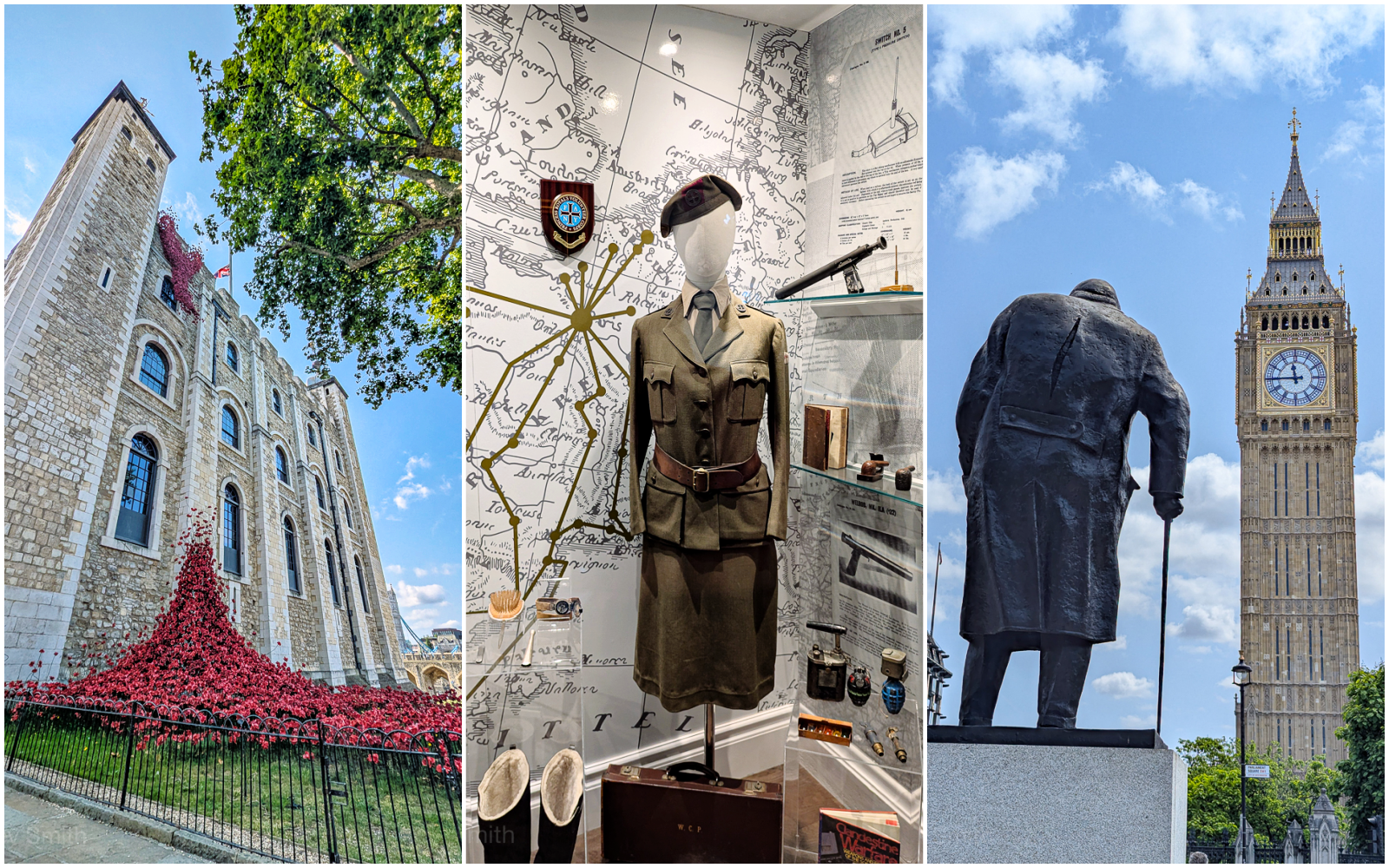
London during World War II
Great Britain was involved in a war against Nazi Germany longer than most. Ignoring British Prime Minister Neville Chamberlain’s pleas for peace, Hitler’s army invaded Poland on September 1, 1939. As a consequence, Great Britain and France declared war on Germany two days later.
On May 10th, 1940, Nazi Germany invaded Britain’s allies: France, Belgium, Luxembourg, and the Netherlands. (This just so happened to be the same day Winston Churchill became Great Britain’s Prime Minister!) Hundreds of thousands of British troops fought for their allies here against what would become known as Germany’s Blitzkrieg.
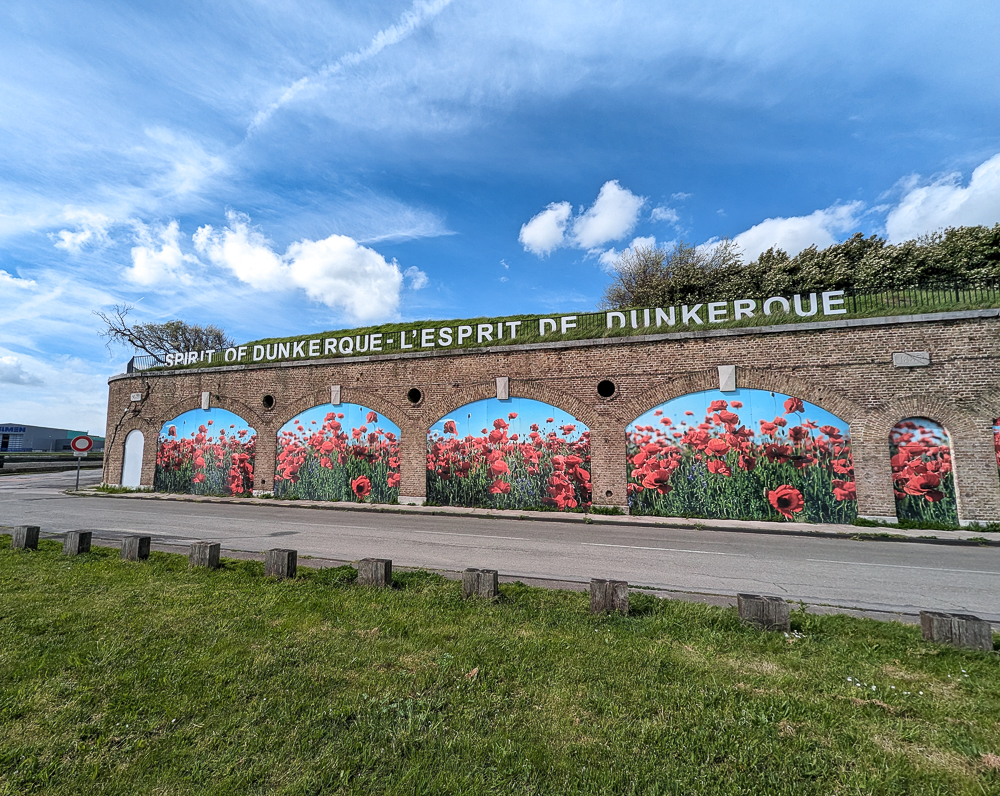
France and the “low countries” fell to the Nazis after just six weeks of fighting. The end of which culminated in the famous evacuation of French and British troops at Dunkirk.
Over the next few years, Nazi Germany would try ruthlessly to conquer Great Britain or break its spirit and force a surrender, but Churchill wouldn’t have it. The people of London withstood violent attacks and immense hardship, but never gave in. The following are some of the most notable events in London’s World War II history that you’ll learn the most about while here.
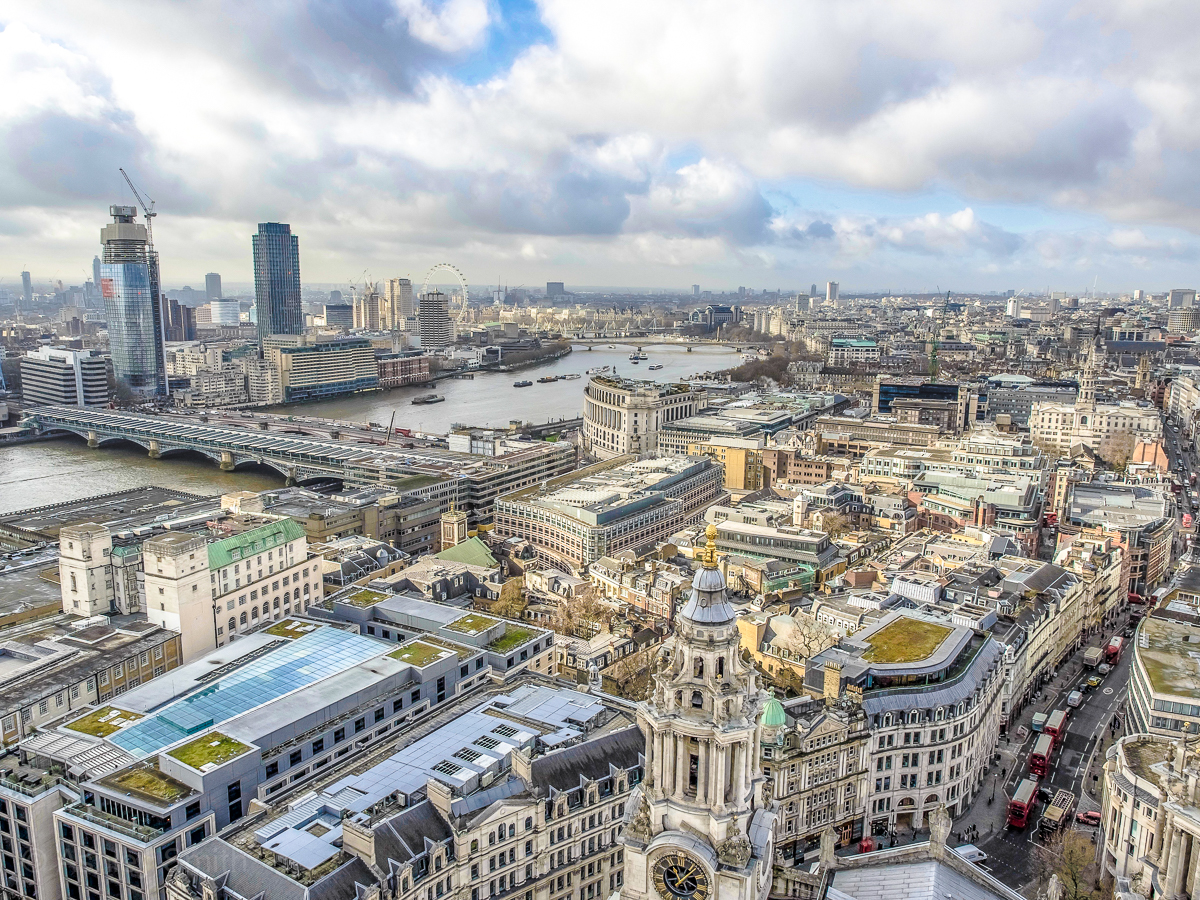
The Battle of Britain
With France and the low countries successfully occupied by the summer of 1940, Nazi Germany then set its sights on Great Britain. Believing a sustained air assault would be the key to victory, Germany’s Luftwaffe took to the skies over Southern England.
The Battle of Britain lasted from July 1940 to May 1941 and was ultimately an air battle between Britain’s and Nazi Germany’s air forces–the Royal Air Force (RAF) vs. the Luftwaffe. Germany’s attacks initially targeted British shipping convoys, then moved inland towards airfields, factories, and communications hubs, and eventually culminated in the terror bombing of civilians.
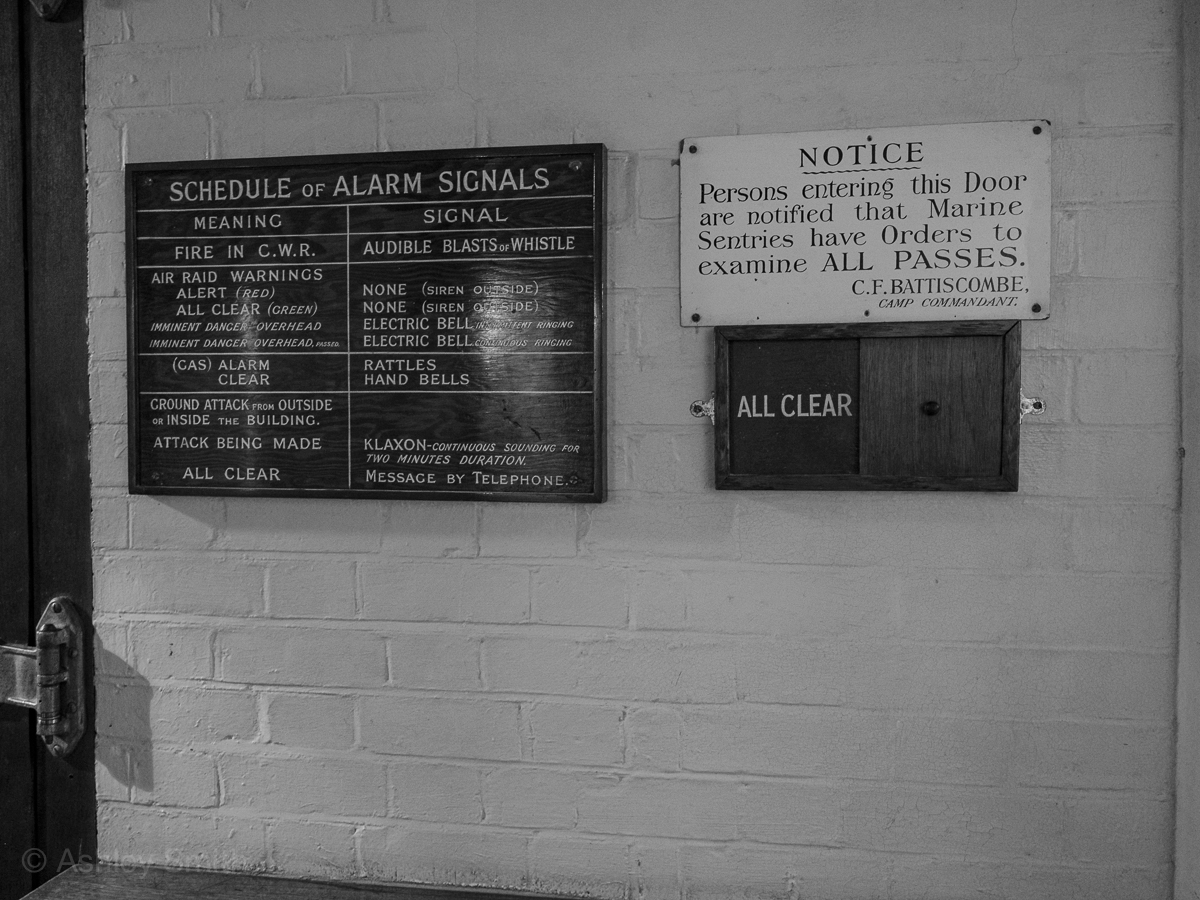
The Blitz
“The Blitz” refers to the latter half of the Battle of Britain during which Nazi Germany specifically targeted civilians in London and the surrounding areas in an effort to demoralize the population and force Churchill to surrender. Beginning on September 7, 1941, the Luftwaffe bombed London for 56 out of the following 57 nights. In total, the Luftwaffe dropped around 12,000 metric tons (more than 26 million pounds) of bombs on London and killed nearly 30,000 civilians.
And while the Blitz did manage to cause some setbacks to Britain war production, Germany was altogether unprepared for the effectiveness of Britain’s overall defense strategy including its use of radar. Most importantly, it had greatly underestimated the resilience of the British people. So while the Blitz did cause significant damage to London’s infrastructure and population, it ended up being quite the strategic failure on Germany’s part.
Intelligence & the Enigma
A large part of Britain’s wartime strategy involved the use of intelligence gathering, espionage, and decoding Germany’s top-secret communications. It formed the Special Operations Executive (SOE) in 1940 to conduct all kinds of covert operations involving reconnaissance, sabotage, and aiding the local resistance movements. The SOE can be likened to today’s CIA.
Britain’s SOE saw many successes during World War II and largely contributed to the overall Allied victory. In 1942, it was the SOE who orchestrated the assassination of Reinhard Heydrich in Prague. In 1943, the SOE destroyed a key factory in Norway which resulted in a definitive end to the Nazi’s atomic bomb program.
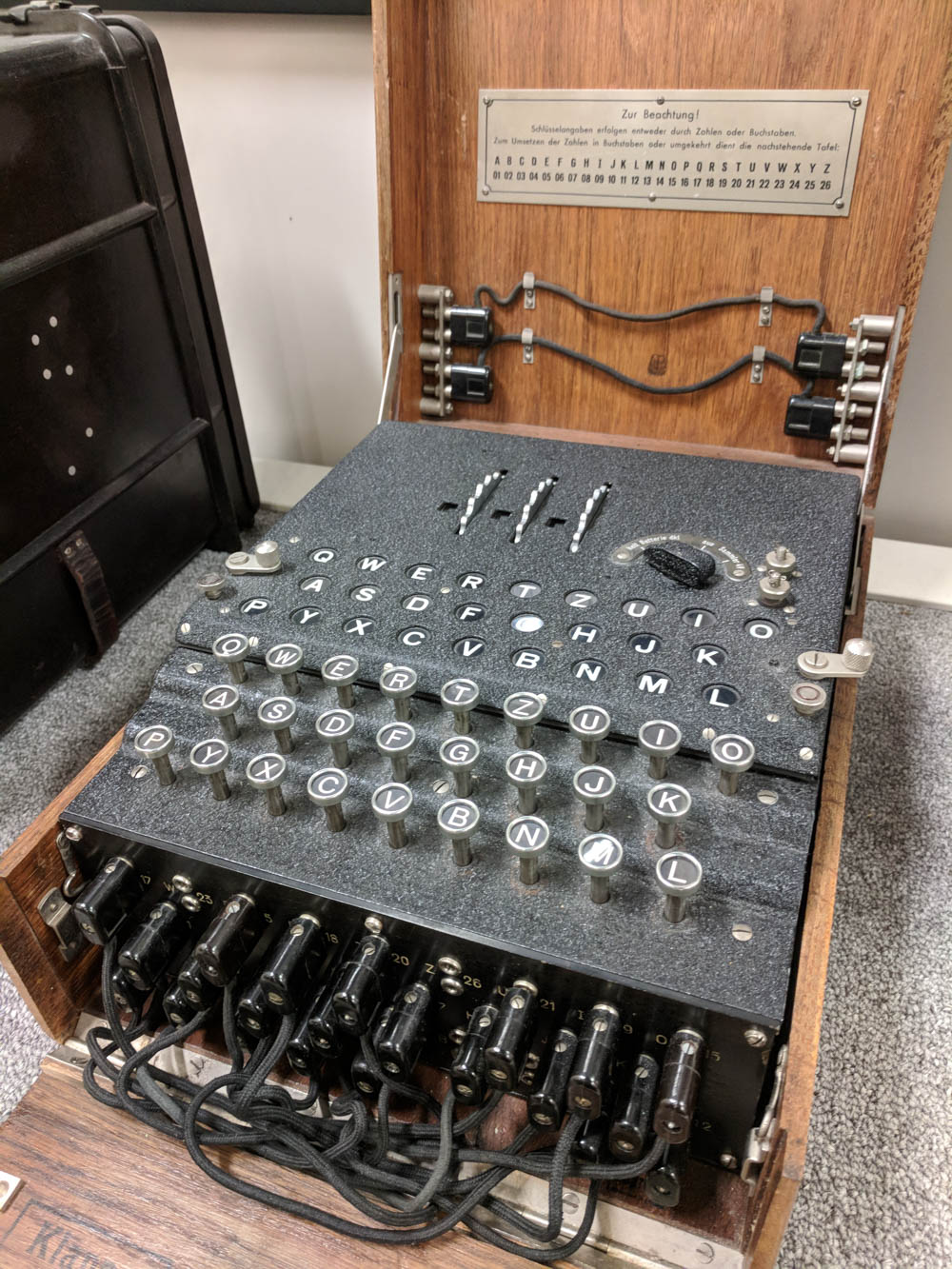
And just a little bit outside London, British cryptanalysts worked day and night to develop ways to decode Germany’s secret transmissions sent through a device known as the Enigma. Cracking the Enigma code was an incredible accomplishment that’s said to have shortened the war by 2-4 years. It allowed the Allies to virtually listen in on Axis intelligence and therefore know critical details about planned operations, defenses, and more.
For the rest of your London sightseeing, pick up a London GoCity Pass to save tons of money on all the best sights and activities.
Map of London WWII Sites
This map contains all the WWII sites in London I mention in this post. To save this map: Click on the star ⭑ next to the map’s title to save in your Google Maps. To use this map: When you get here, open Google Maps on your phone, click “Saved” at the bottom, then click “Maps.”
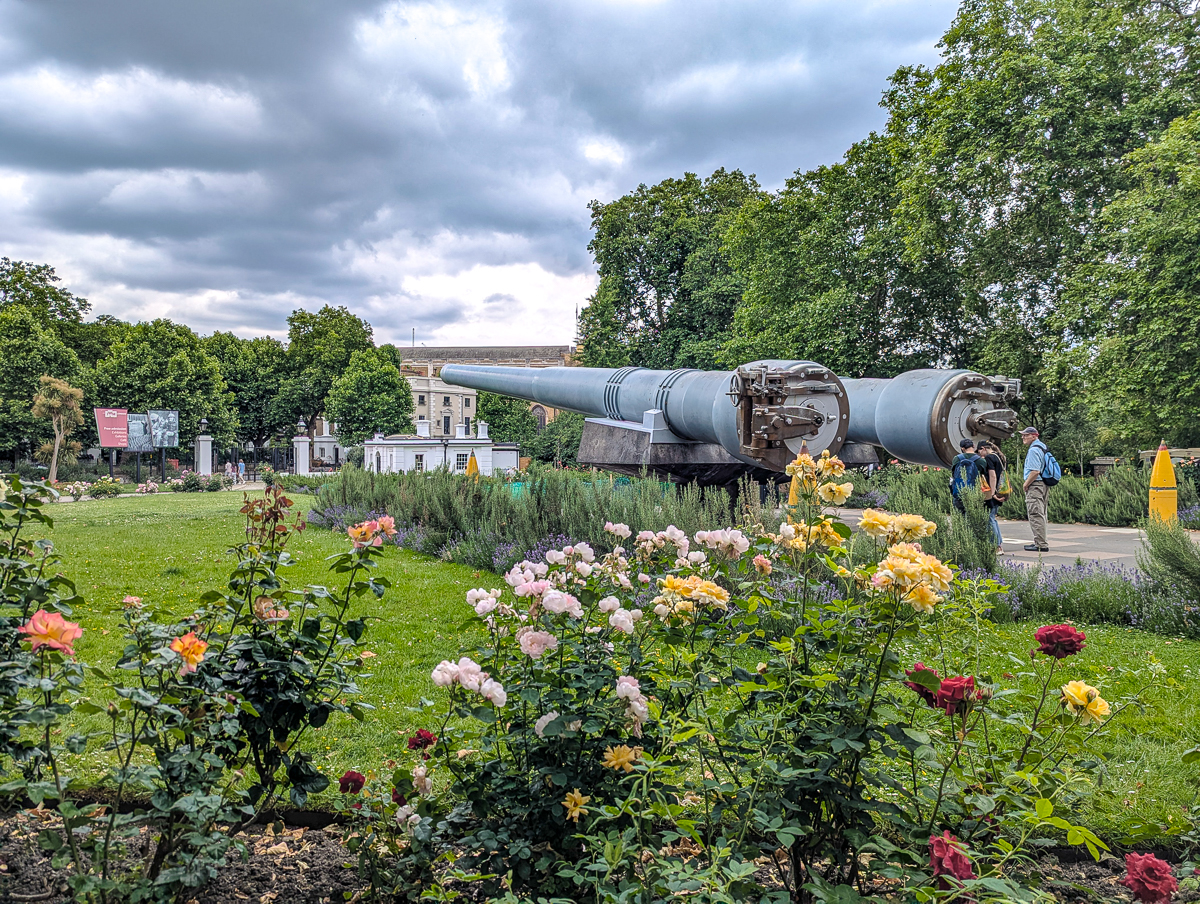
WWII Museums in London
Here are some of London’s interesting museums where you can learn about the city’s wartime history.
1. Imperial War Museum
London’s Imperial War Museum is one of the world’s premier museums on war and conflict. It has several permanent exhibition galleries, most of which are specifically World War II-focused. (Like the general Second World War gallery and the Holocaust gallery.)
This museum is huge and they recommend three hours to see everything (but if you stick to just the WWII stuff, you can do it in about two). I really love how this museum is laid out and the variety of the exhibits. Plus, the number of physical artifacts you’ll see here is astounding. But maybe the best part about visiting the Imperial War Museum is that it’s free!
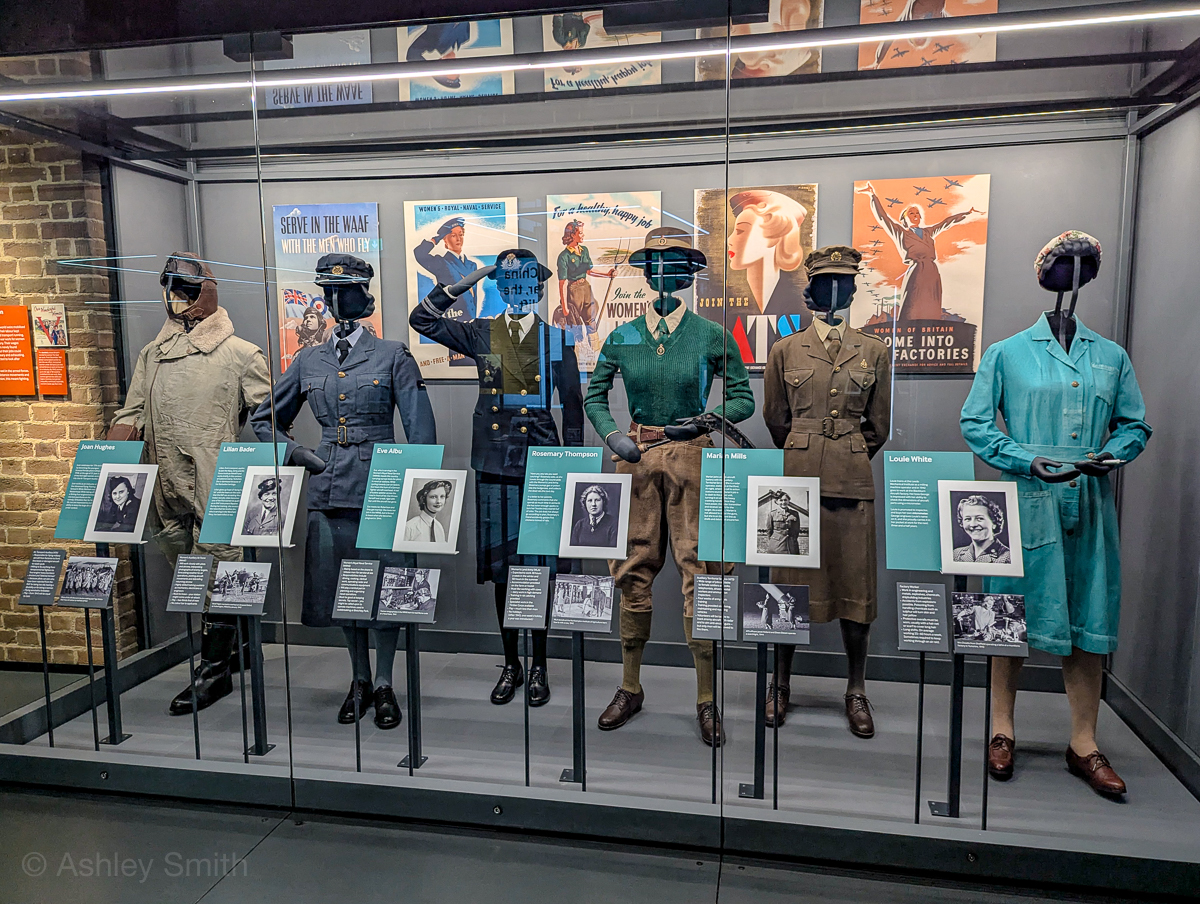
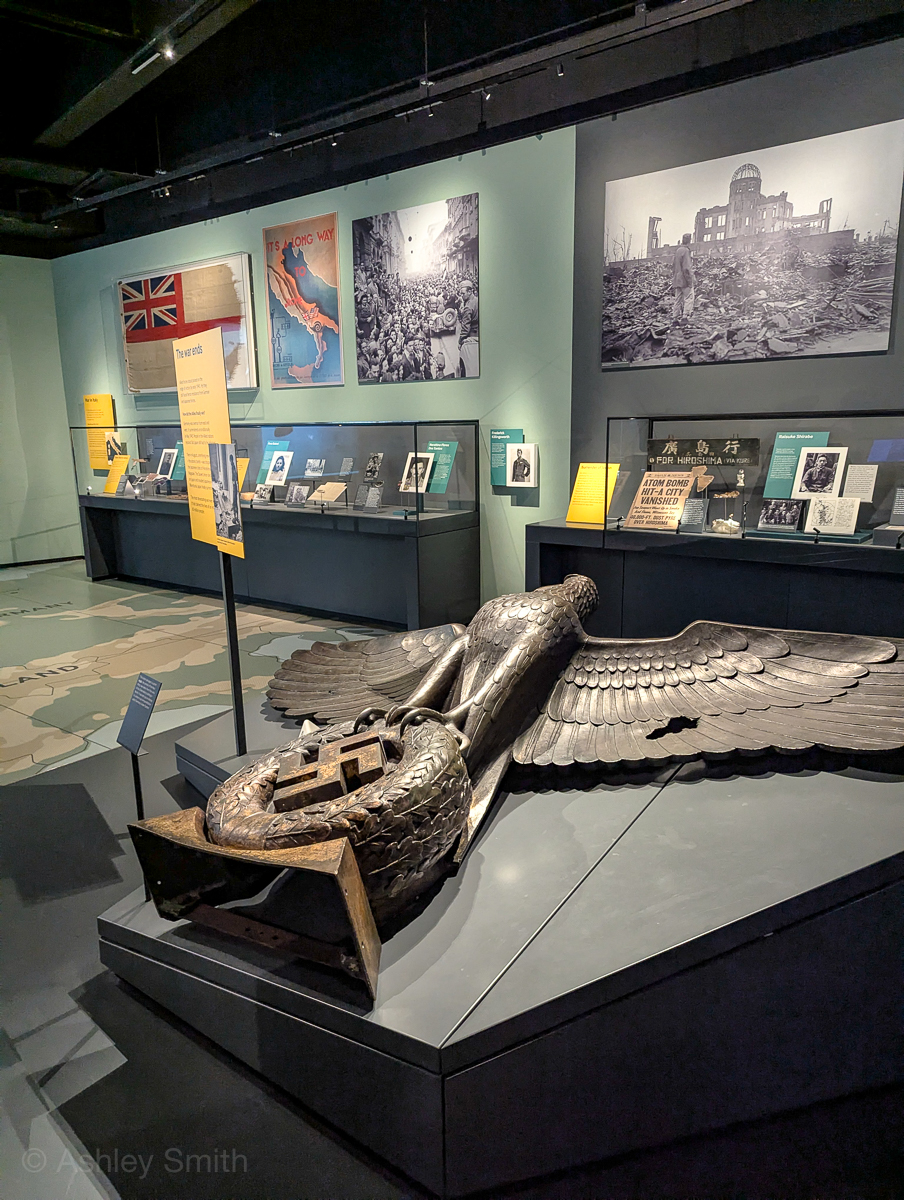
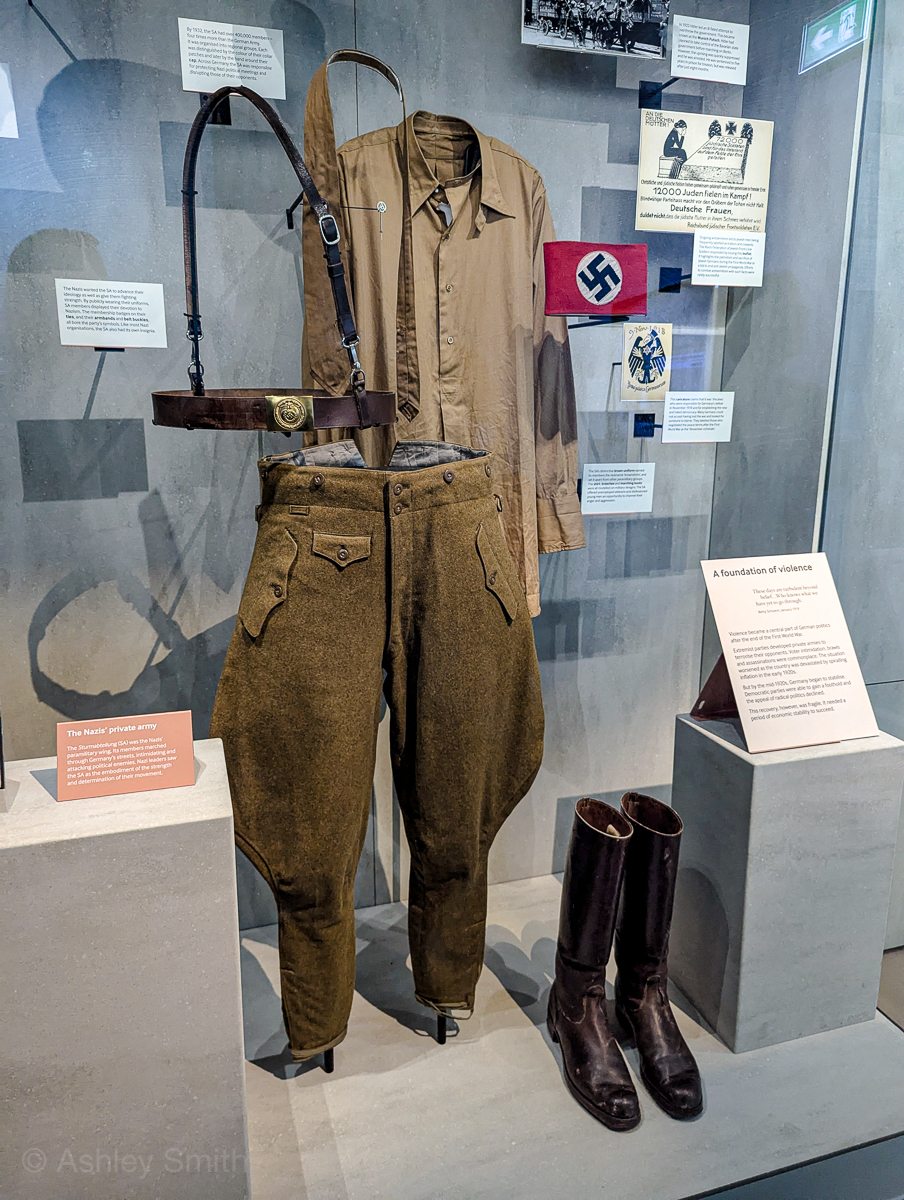
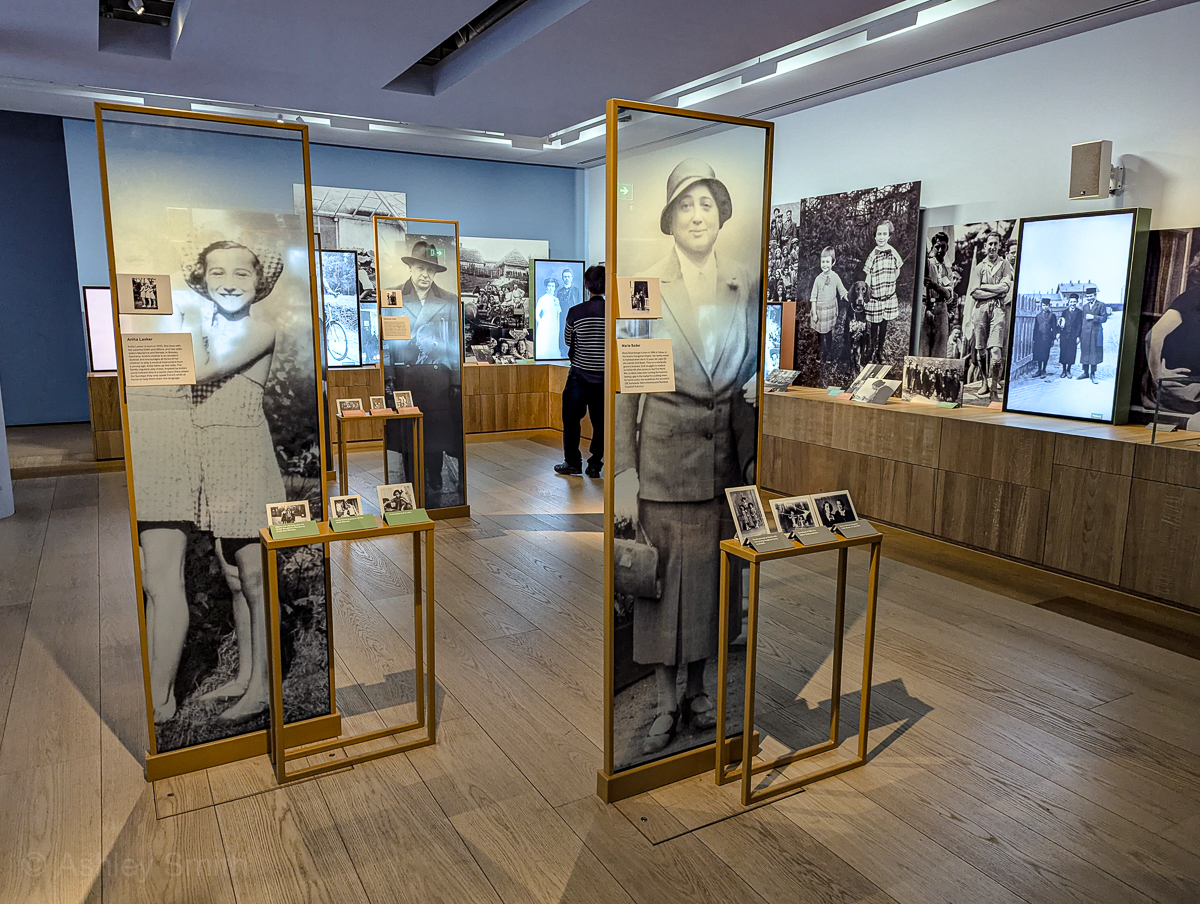
2. Churchill War Rooms
The Churchill War Rooms is my personal favorite of all the WWII sites in London. What’s now a museum was once Winston Churchill’s secret underground headquarters during the war. It was from here that Britain spearheaded some of the war’s most critical moments.
You’ll get to wind your way through this underground complex of sleeping quarters, communications centers, map rooms, and more. You’ll also be able to explore the Churchill Museum to learn more about this man’s incredible 90-year life. (They even have one of his cigar butts on display!) Definitely prioritize a visit here during your time in London.
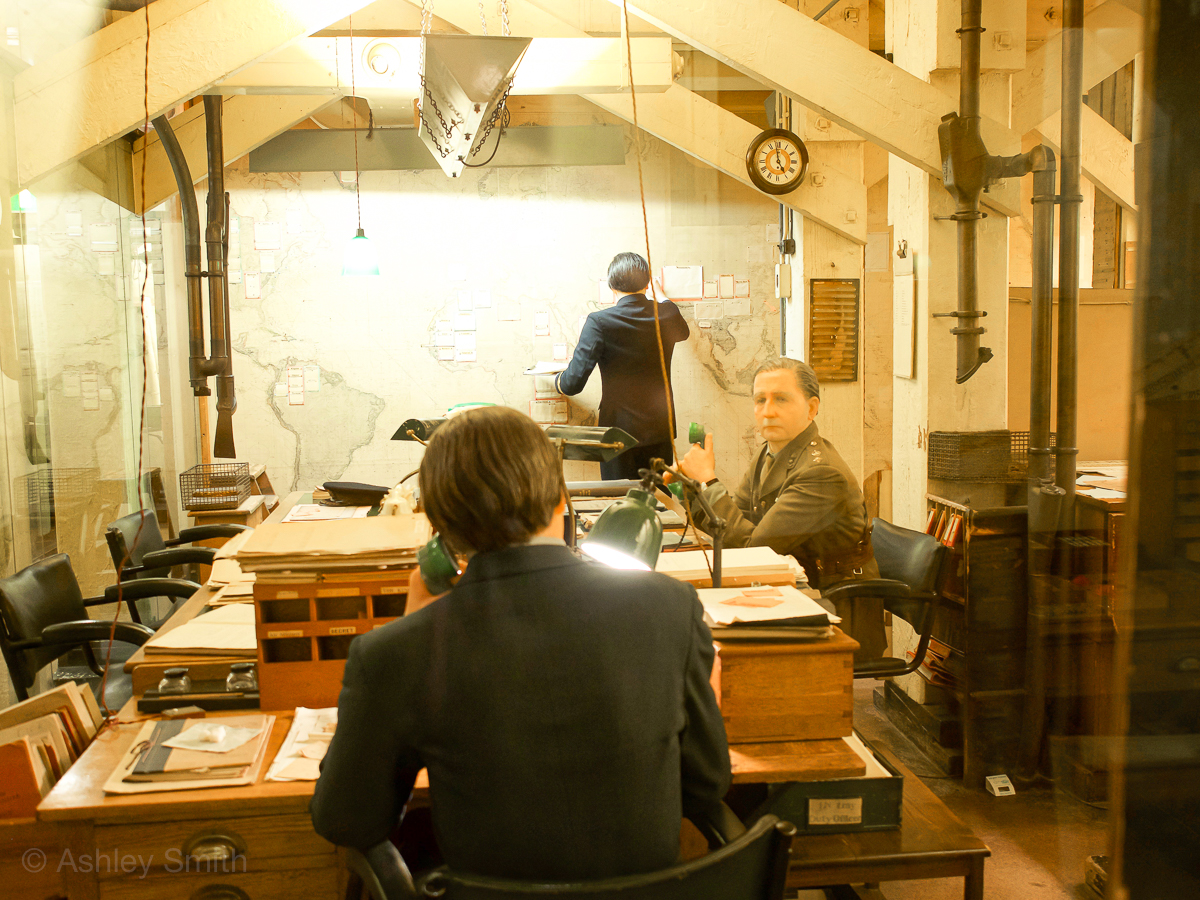
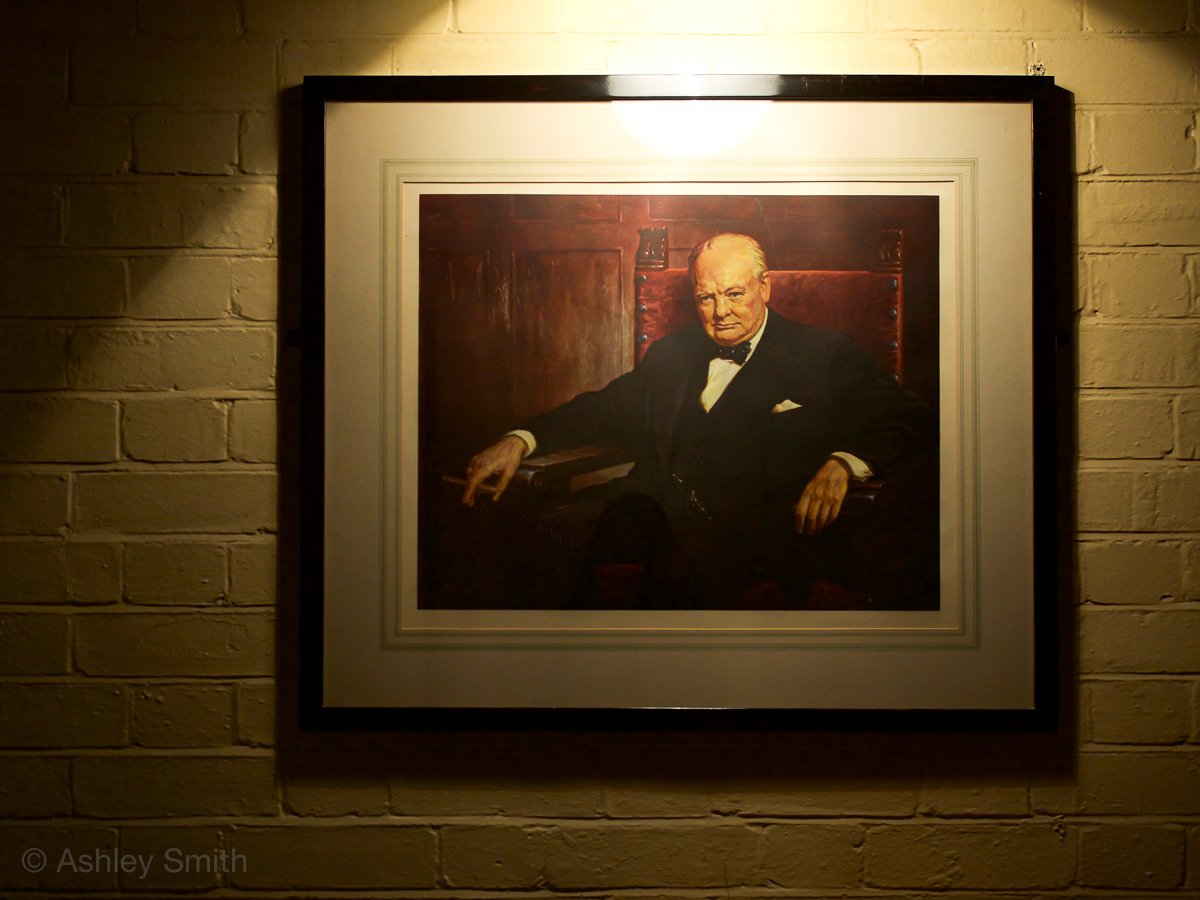
3. National Army Museum
London’s National Army Museum is dedicated to the entire history of the British Army, with artifacts spanning 600 years. (Which, naturally, includes the Second World War.) The museum’s collection is broken up into several separate galleries. And even though there isn’t a specific “World War II” gallery, you can still find artifacts and information on it in the other exhibitions. This museum is also free to visit.
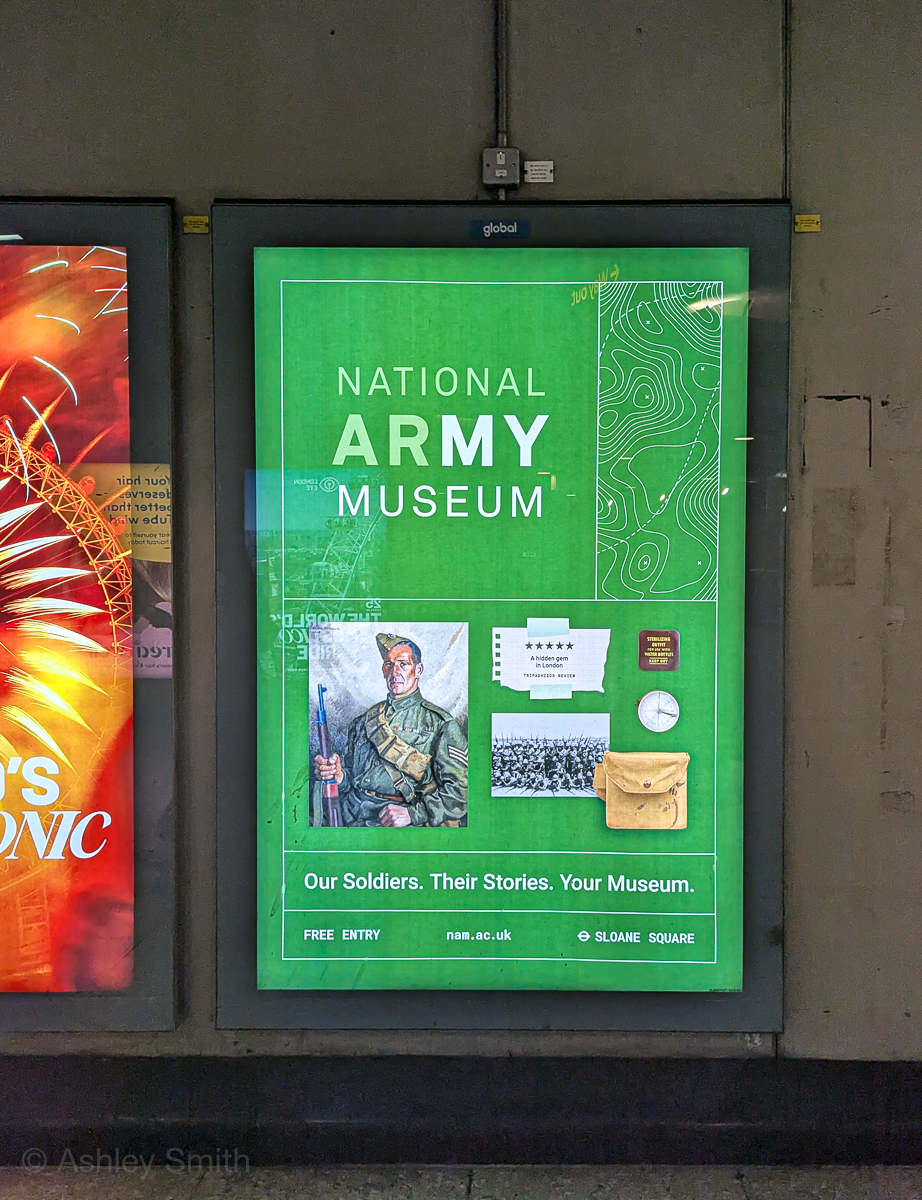
4. HMS Belfast
If you spend any time on or along the Thames, you can’t miss the HMS Belfast–a World War II warship parked right in front of the Tower Bridge. The HMS Belfast is a Town class light cruiser that served in the Royal Navy from 1939 to 1963. Part of its job was escorting Arctic convoys to the Soviet Union from Allied bases in Iceland. It eventually ended up as a support ship for the British and Canadian forces landing on Gold and Juno Beaches during the D-Day invasion.
Today, it serves as a museum ship. Step aboard and you can explore the ship’s many rooms on all 9 of its decks. You can also take a guided tour to learn about its exciting World War II history.
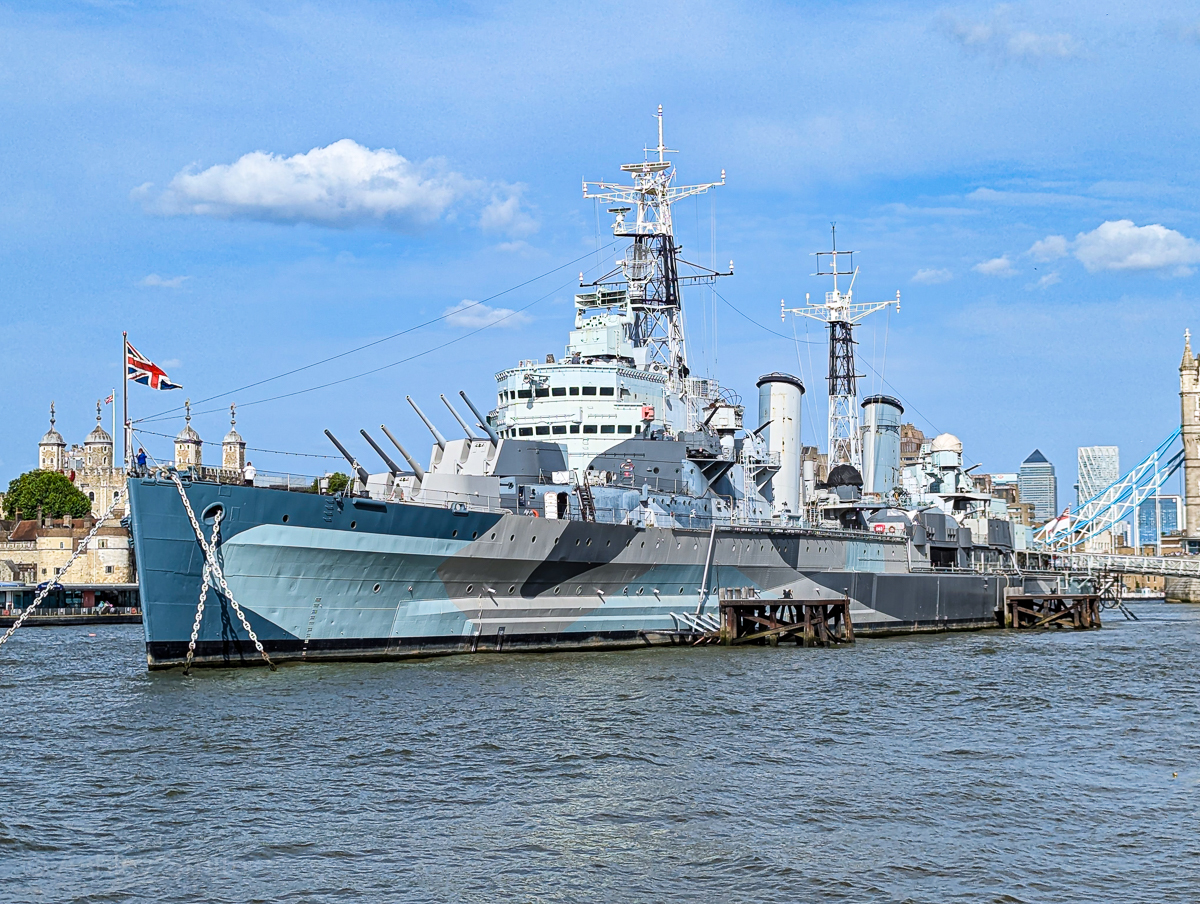
5. London Transport Museum
If you’re a transportation nerd like me, you might enjoy a visit to the London Transport Museum. This museum is dedicated to all things related to the 200-year history of urban transportation here in London. You’ll find several galleries with vintage trams, trains, and buses.
But the reason I’m recommending this as one of London’s WWII sites is for the gallery “London’s Transport at War.” This exhibition explores the roles London’s transport systems played during both the First and Second World Wars. More on that exhibit here.
You can follow up your visit to the Transport Museum with some drinks at Cahoots Underground. See #24 on this list for the details.
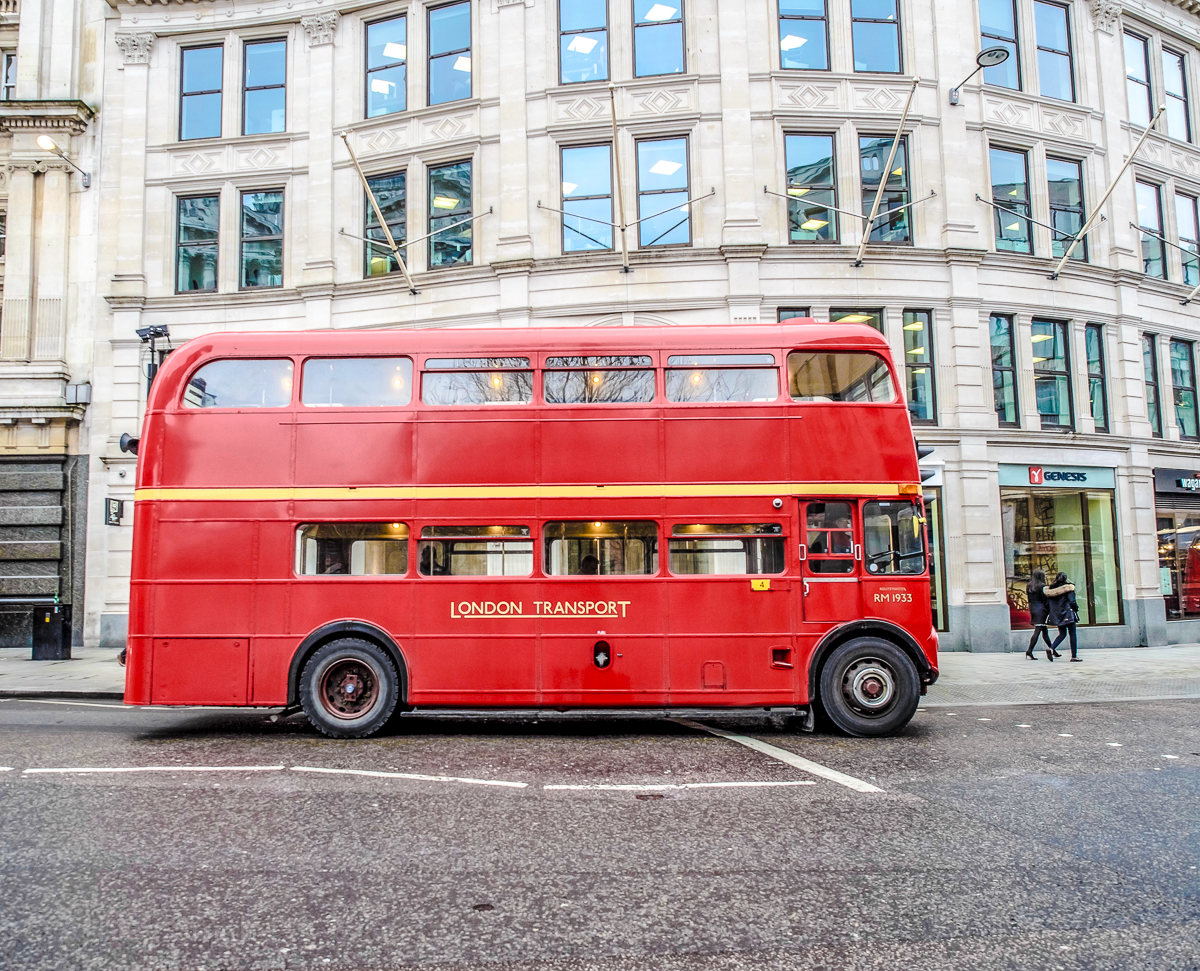
You can see so many of London’s WWII sites on a double-decker bus tour. Check out (my favorite) BigBus Tours here.
6. Bletchley Park
Bletchley Park, while not exactly in London, is still one of the most important WWII museums in these parts. This is the military complex where cryptanalysts worked day and night to decrypt Axis communications. It served as the main Allied center for codebreaking during the war.
Among many other accomplishments, this is where Alan Turing and others decoded the German Enigma and other cipher machines. The importance of this work and Bletchley Park’s role in ending the war cannot be overstated!
There’s too much to say about Bletchley Park in just a few paragraphs, so I’m going to write a dedicated post about it so you have all the information. I’ll update this post when it’s live, or you can subscribe to DWWII so you don’t miss it.
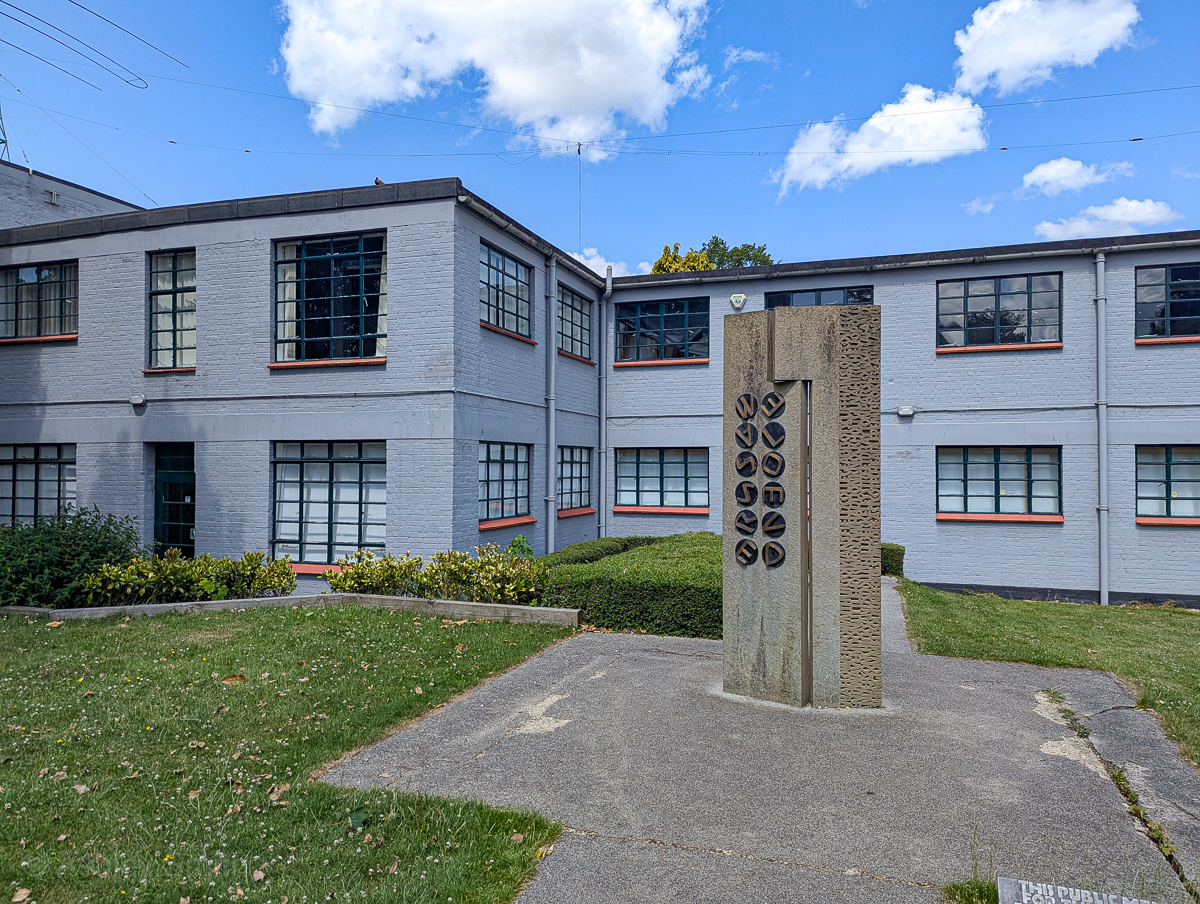
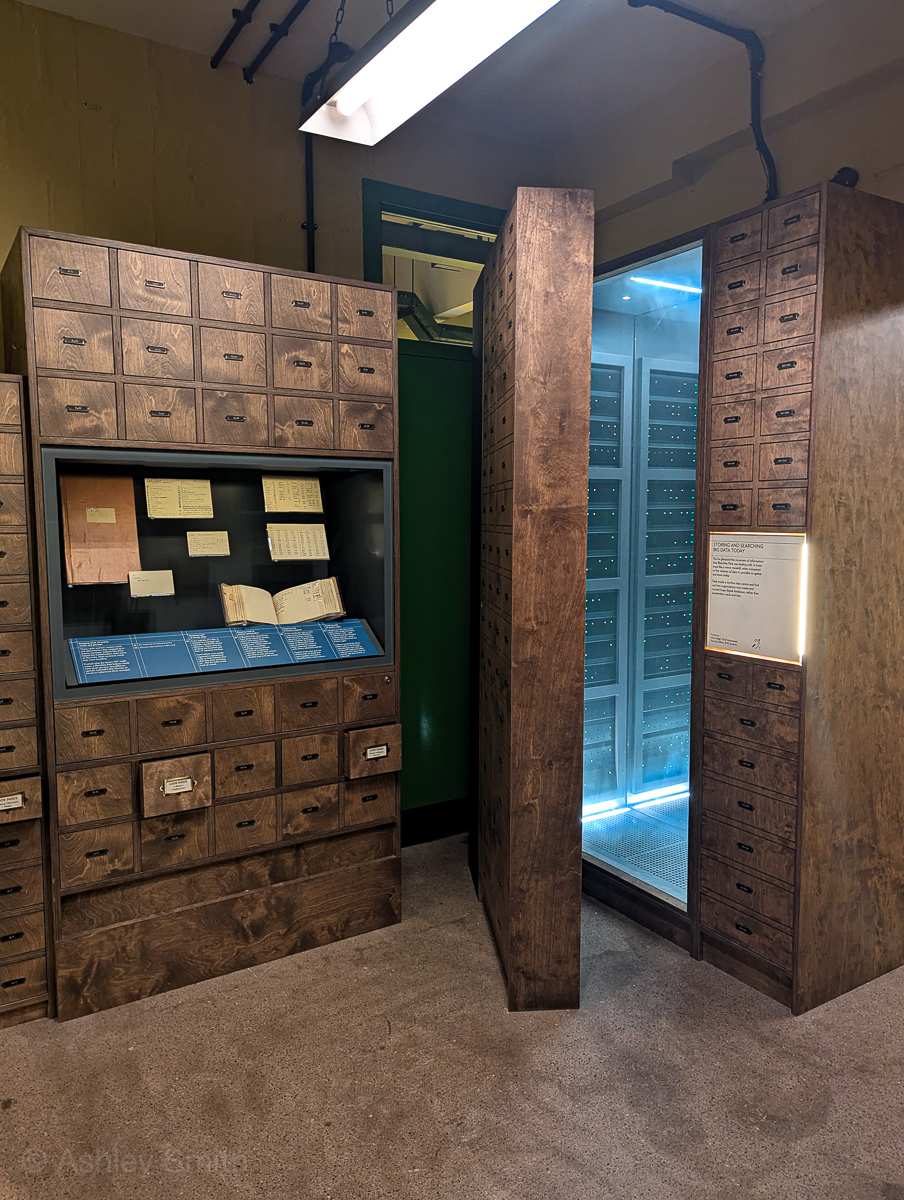

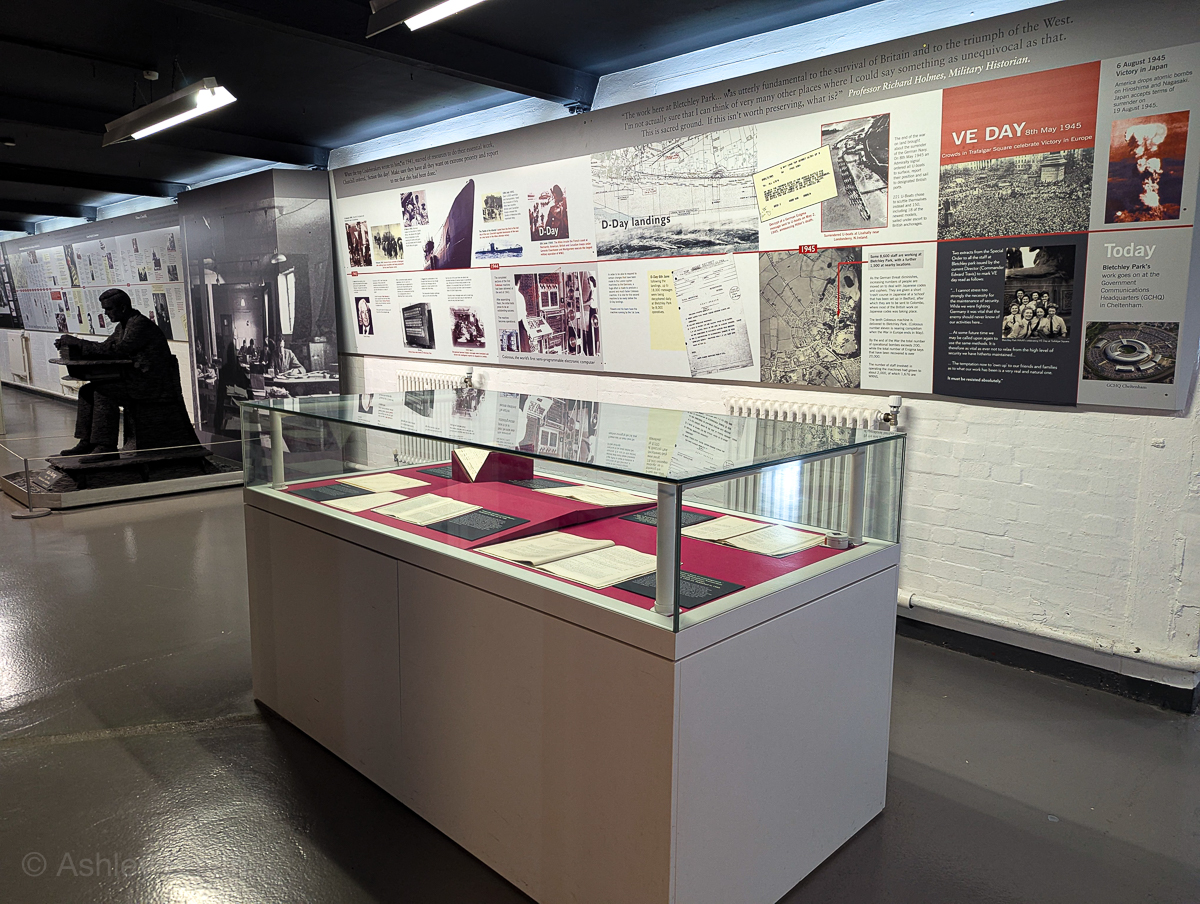
Interested in the Enigma? Definitely check out the Enigma Cipher Center in Poznań, Poland where Polish mathematicians first cracked the Enigma code.
WWII Monuments & Memorials in London
One thing London does not lack is WWII monuments and memorials. Here are some interesting ones to check out during your visit.
7. Battle of Britain Monument
One of the most prominent of WWII sites in London is the Battle of Britain Monument. This multi-part memorial is situated along the Thames just before you reach the Westminster Bridge (and right across from the London Eye).
This monument features some incredible relief sculptures depicting scenes from the Battle of Britain as well as the names of more than 2,000 airmen who flew combat missions during the battle. (Including that of my friend’s great uncle.)
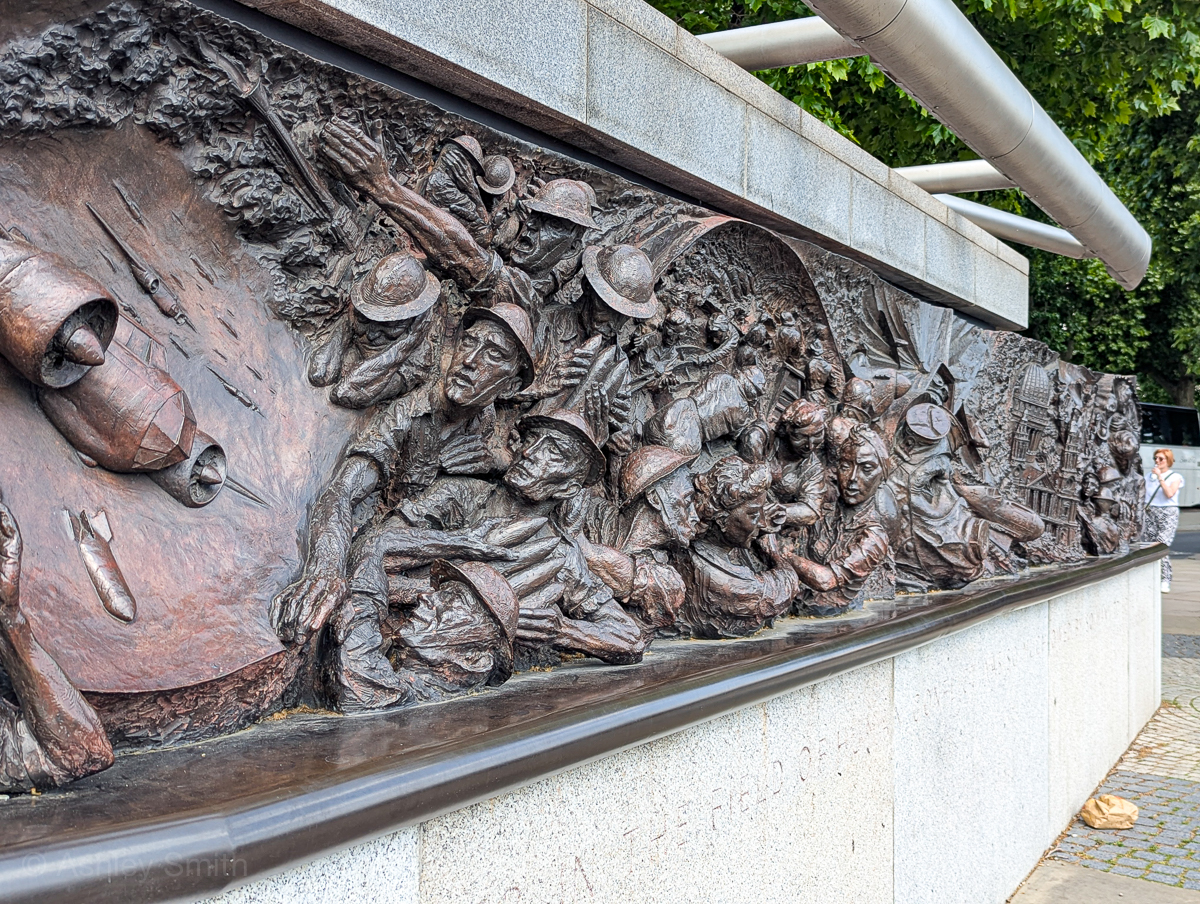
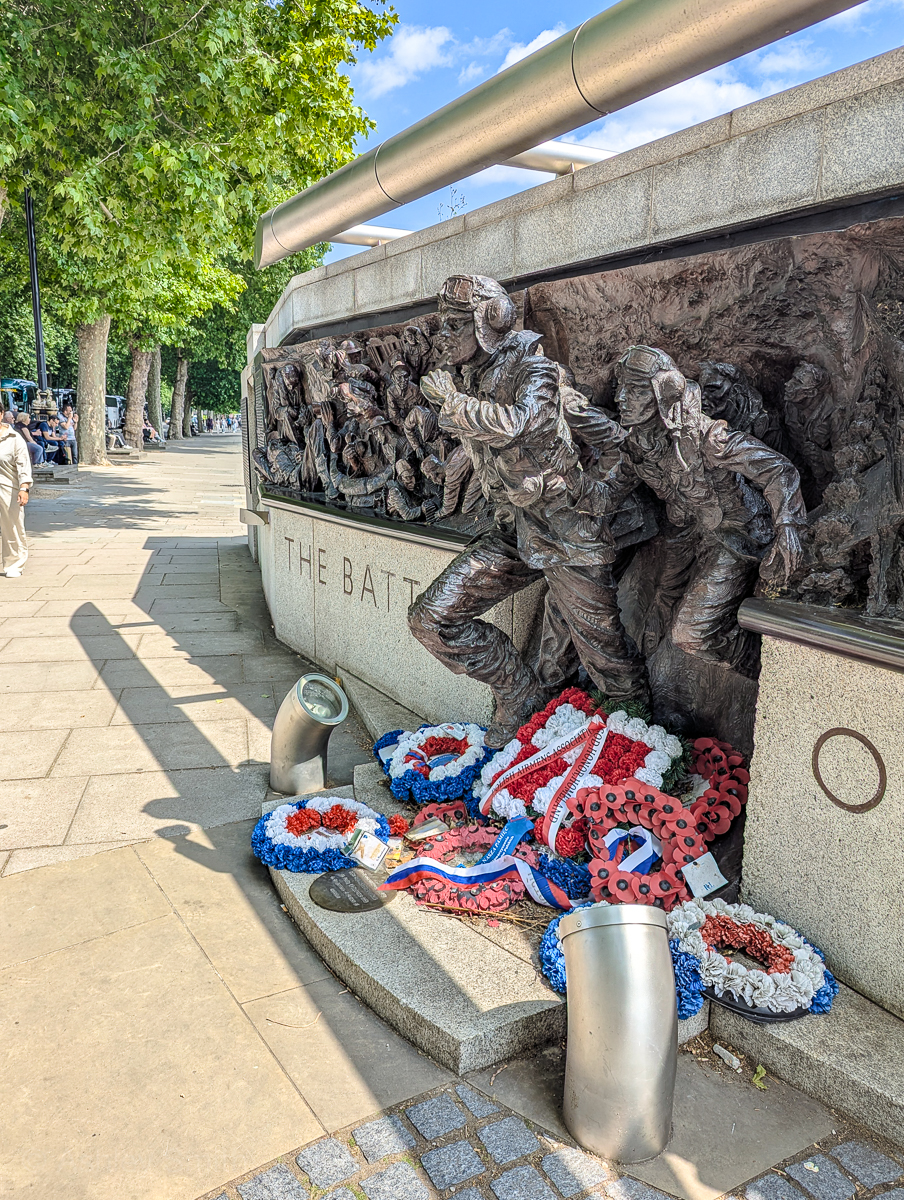
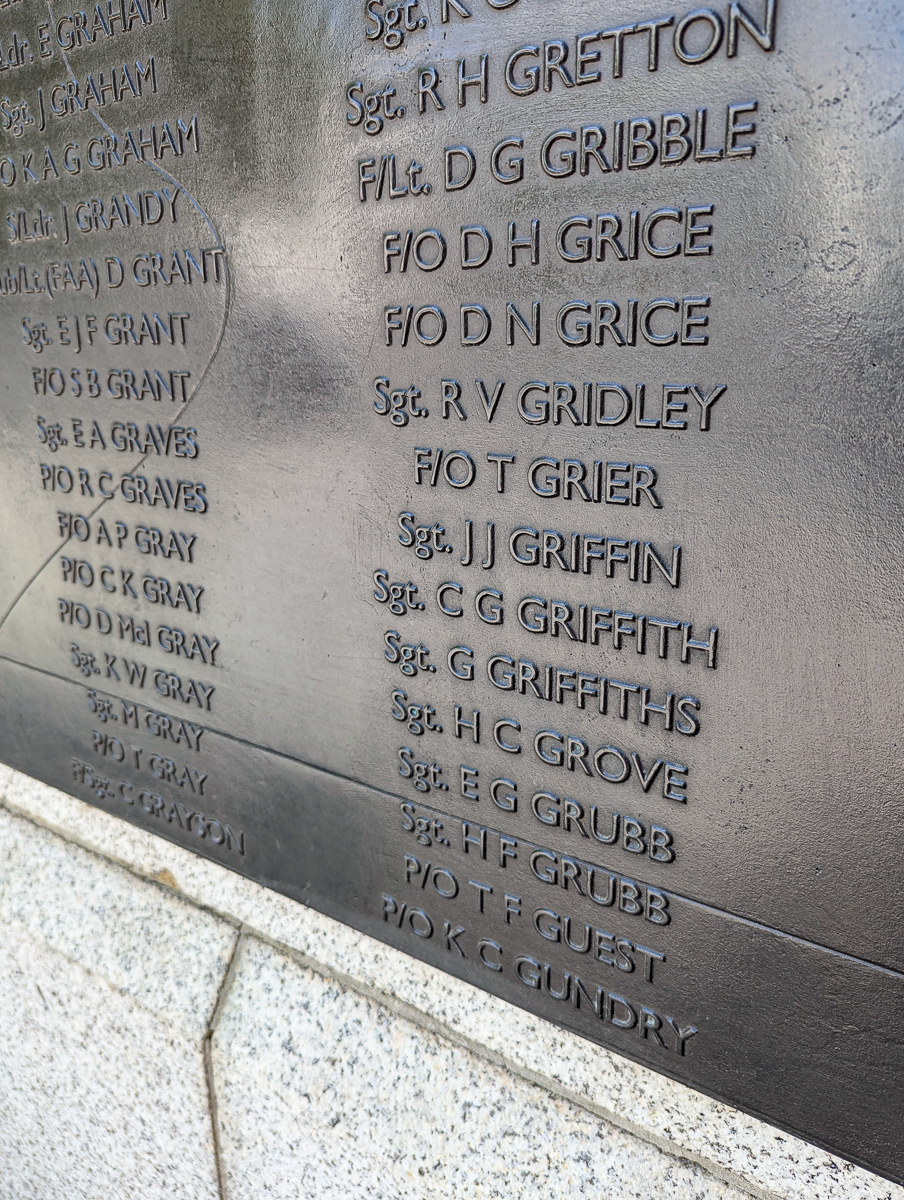

8. Bomber Command Memorial
London’s newest WWII tribute is this – the Bomber Command Memorial, opened in 2012. This large monument commemorates the 55,573 members of the Royal Air Force’s Bomber Command who died serving in World War II.
Inside the memorial you’ll find 9-foot-tall statues of seven aircrew members and several inspiring quotes etched into the walls. The roof of the memorial incorporates some recovered aluminum sections from a Handley Page Halifax III bomber shot down over Belgium in May 1944.
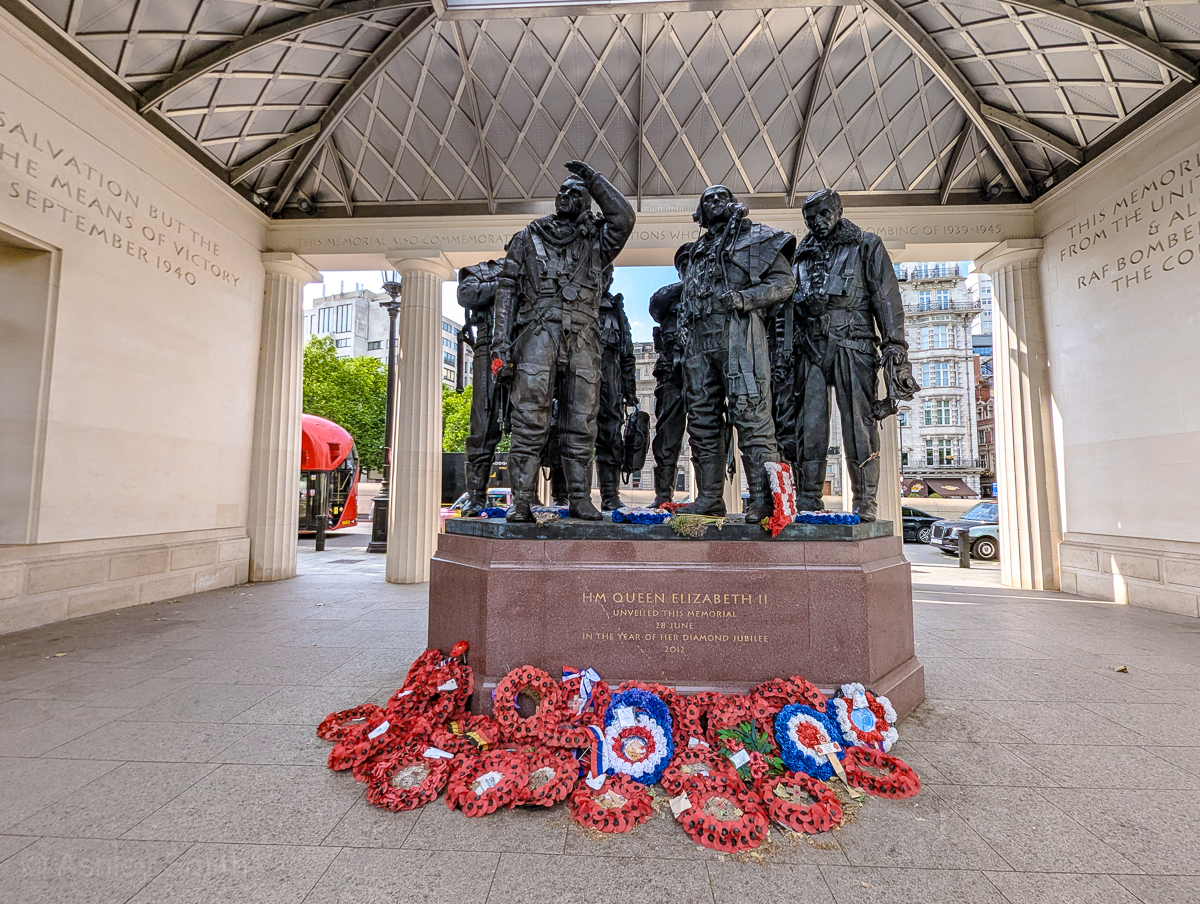
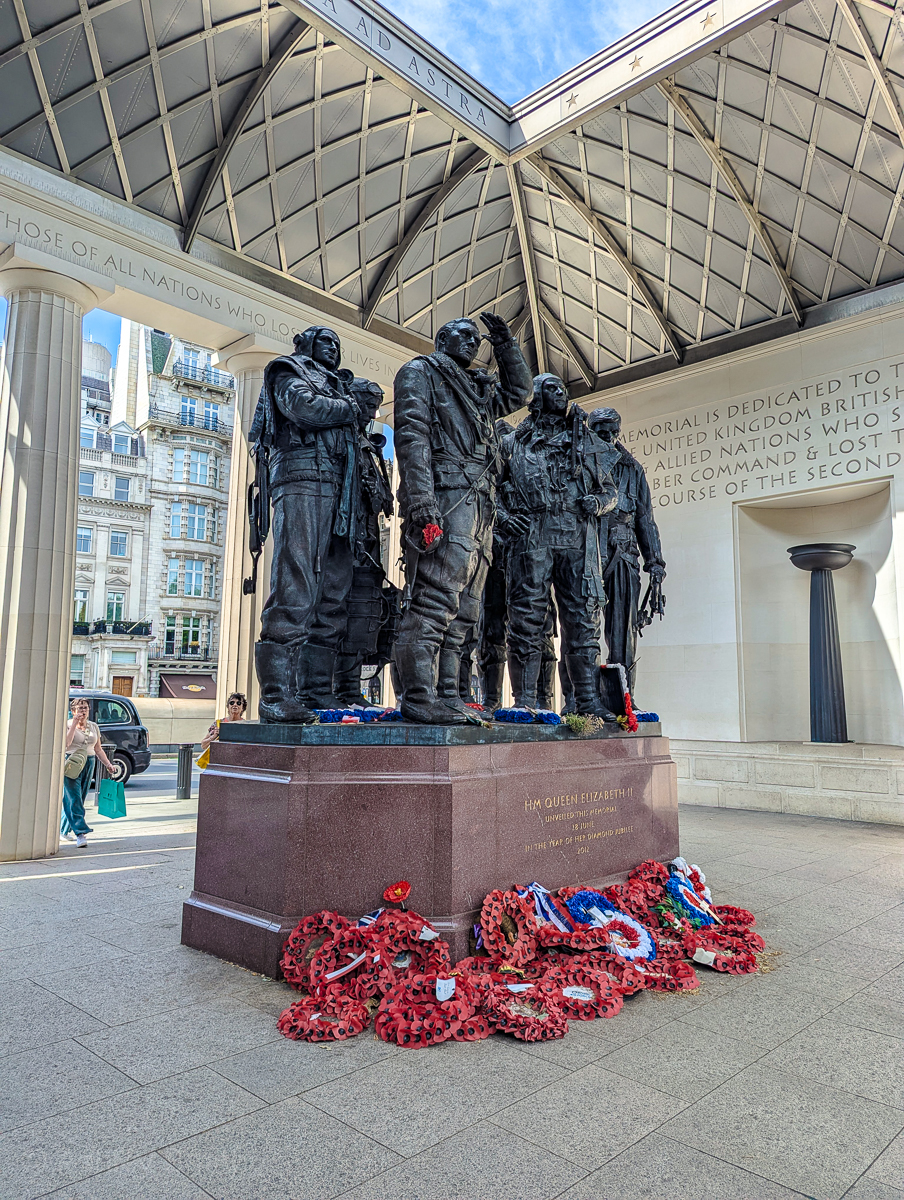
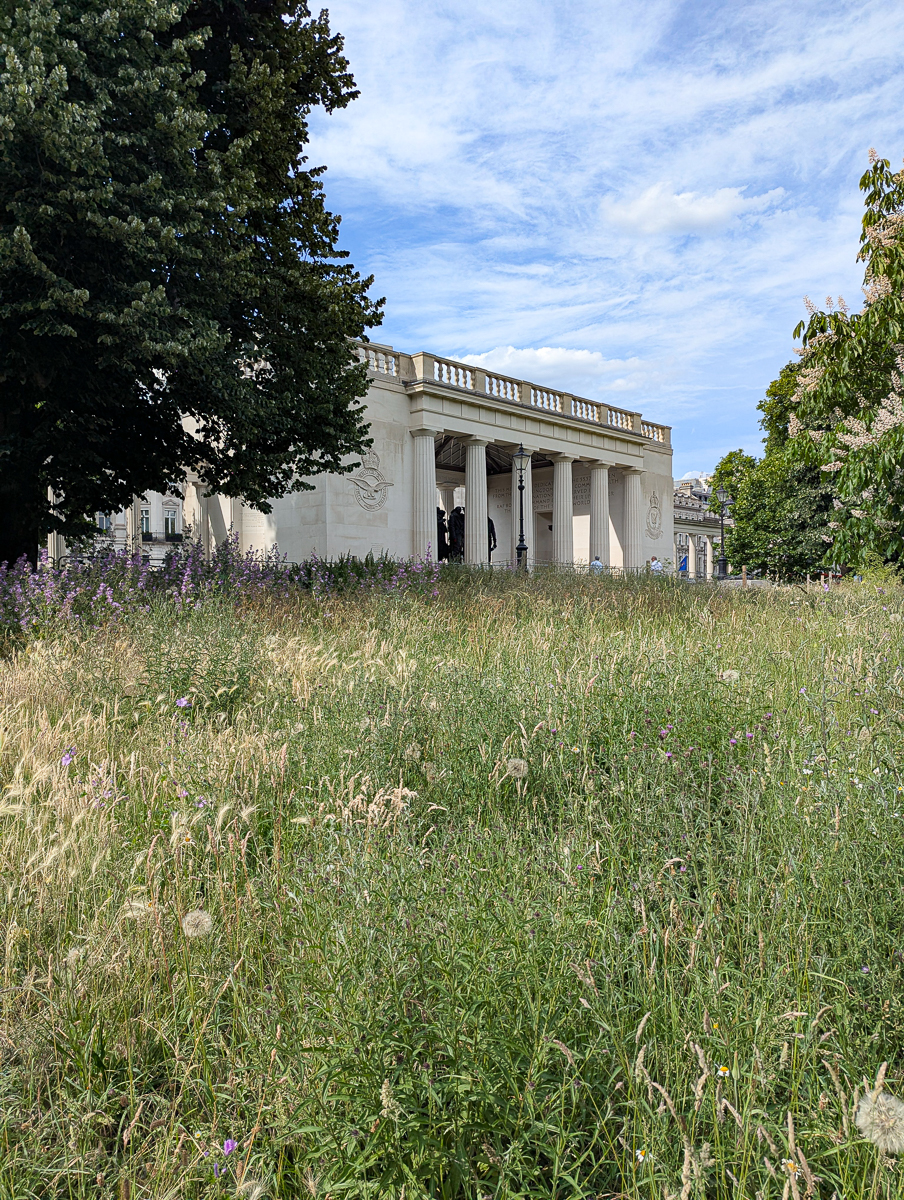
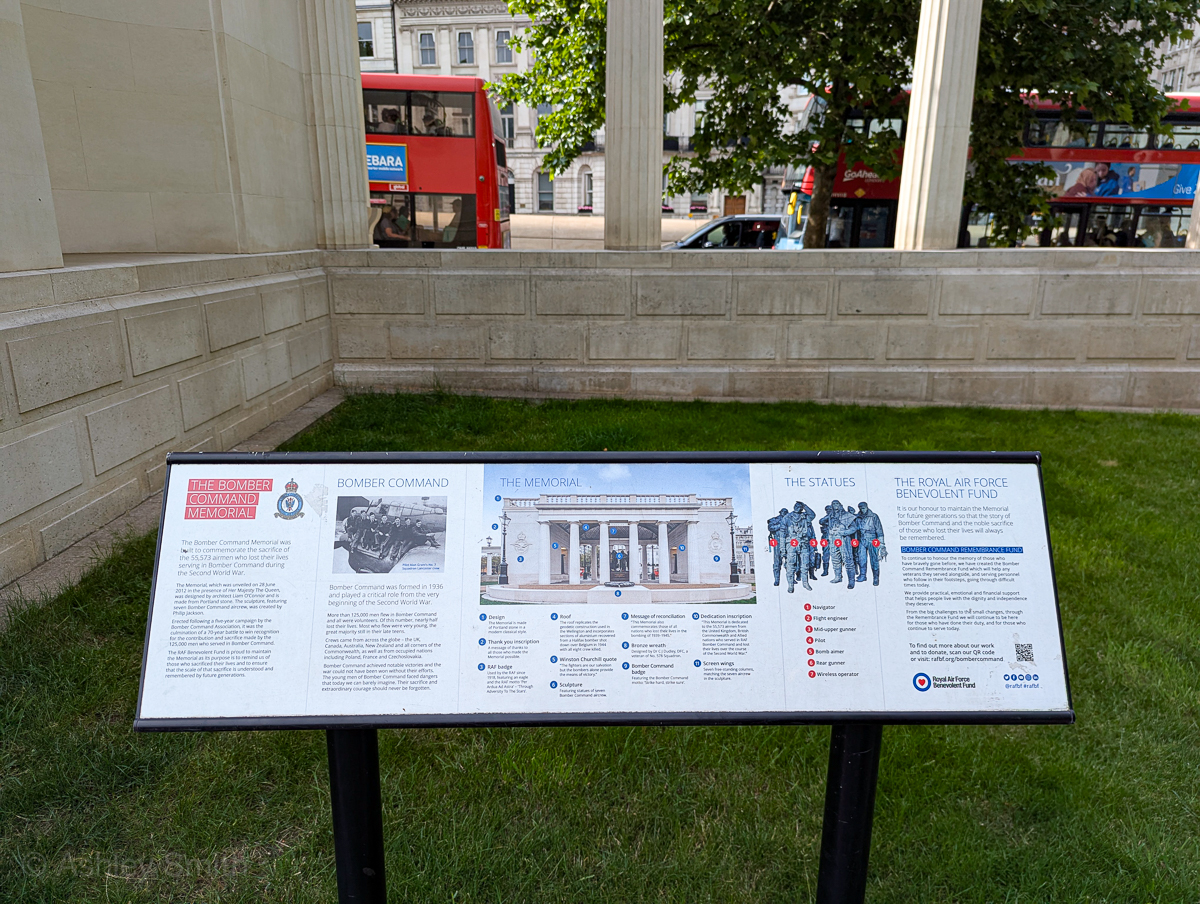
9. Monument to the Women of World War II
Smack in the middle of Whitehall where the road meets Downing Street is the Monument to the Women of World War II. This large black monument features sculptures of different outfits and uniforms hanging on pegs. It’s meant as a visual representation of Churchill’s call to “Let the women of Britain come forward,” which they did, in many different roles.
This memorial honors “the vital work done by over seven million women during World War II.” The uniforms on it represent the uniforms these civilian women hung up after the war to go back to their everyday lives.
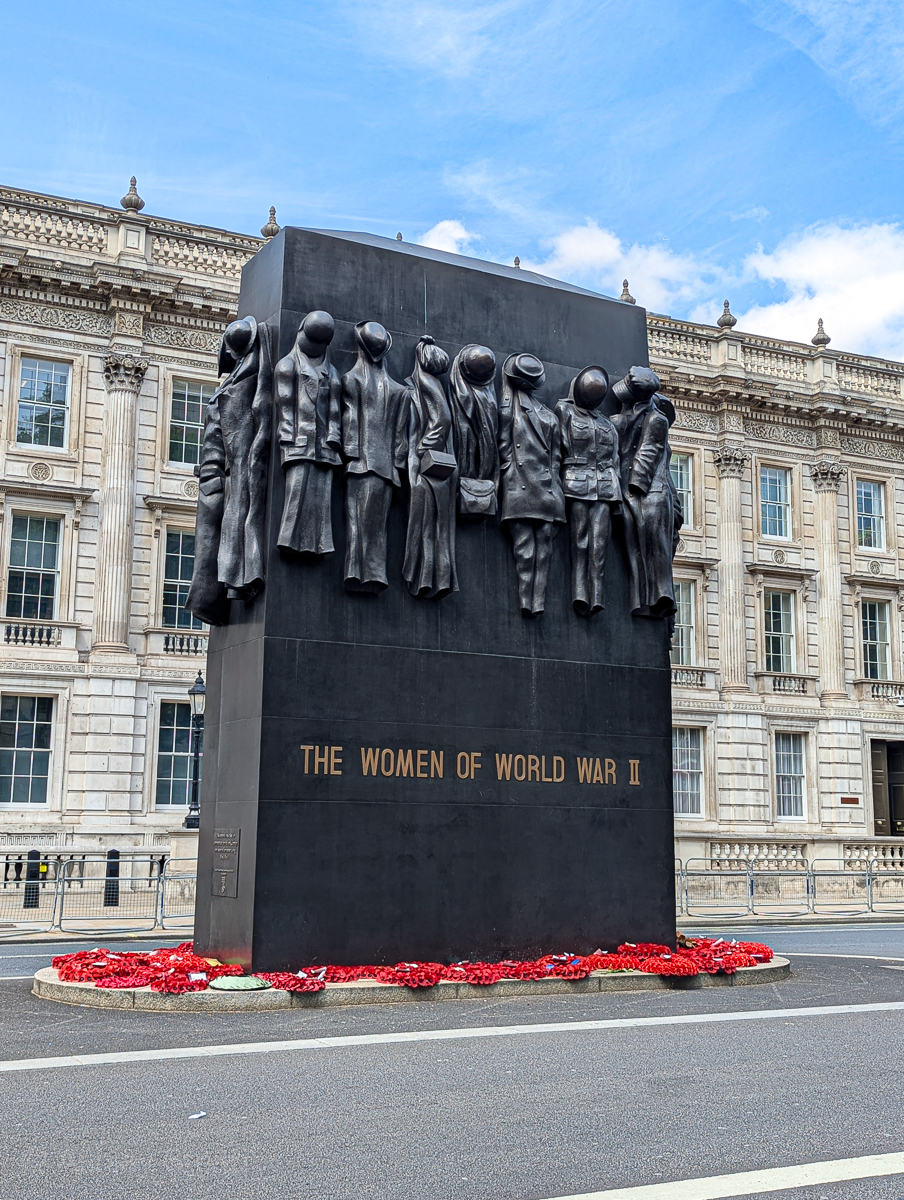

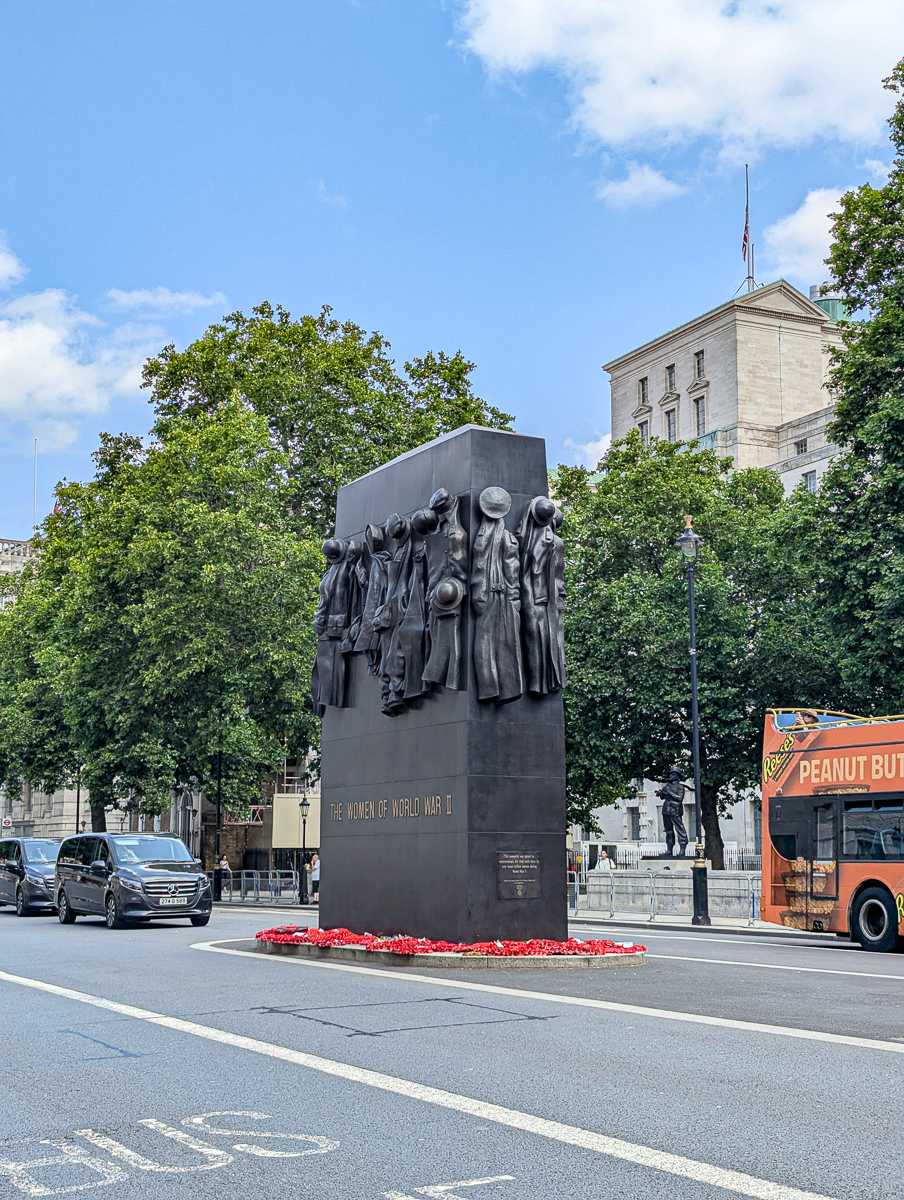
10. Statue of Winston Churchill
Over in Parliament Square you’ll find a large statue of Winston Churchill. Obviously, his life and work go far beyond that of just World War II, but no one can deny his impact. There are twelve statues around Parliament Square, all of notable British statesmen. Back in the 1950s, Churchill joked that this spot is where his statue would go. Don’t miss a quick photo of this WWII hero while you’re exploring the area.
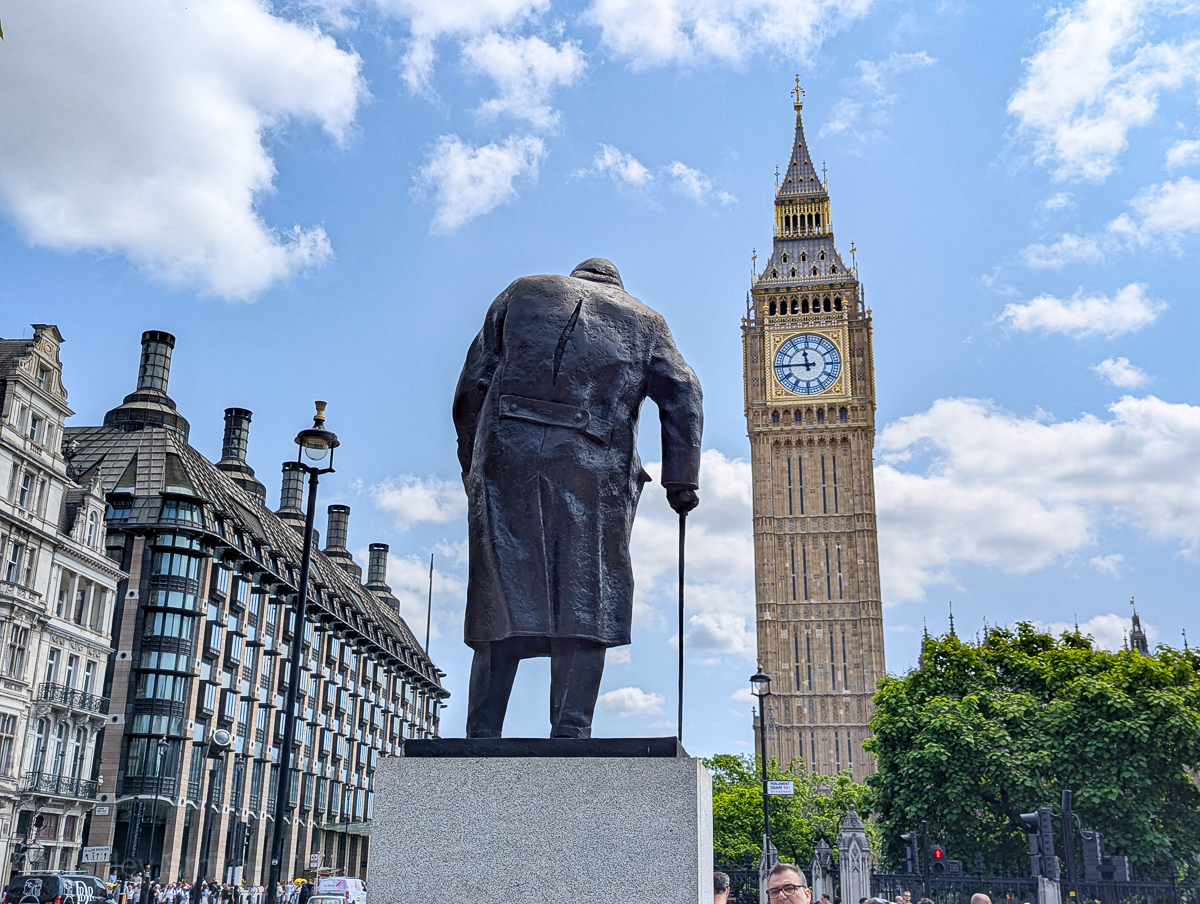
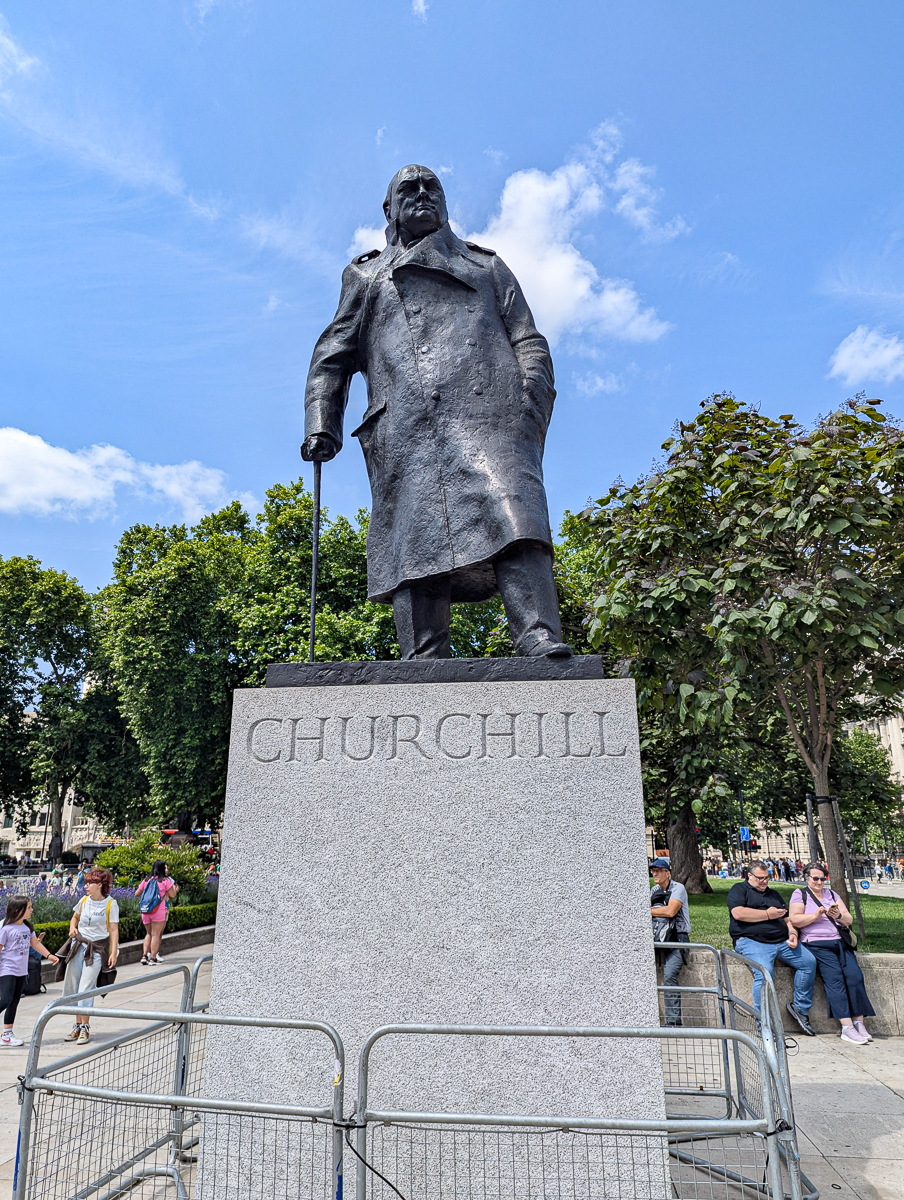
11. Statues of other WWII leaders
Likewise, scattered around London (on the map at the top of this page), you’ll be able to see statues of some other WWII leaders like:
- Dwight D. Eisenhower, Supreme Commander of Allied Forces and ultimately the 34th President of the United States (temporarily removed)
- Field Marshal Bernard Montgomery, honored for his work as British Commander for the D-Day landings as well as the the victory at El Alamein in Egypt
- Field Marshal Alanbrooke, Commander of II Corps of the British Expeditionary Force (including during the Dunkirk evacuation)
- Sir Arthur Harris, head of the Royal Air Force Bomber Command
- Charles de Gaulle, leader of the Free French forces during WWII, eventually President of France
- Churchill and Roosevelt, “Allies Sculpture” – featuring the two men sitting together casually on a bench, unveiled in 1995 to honor 50 years of peace since WWII
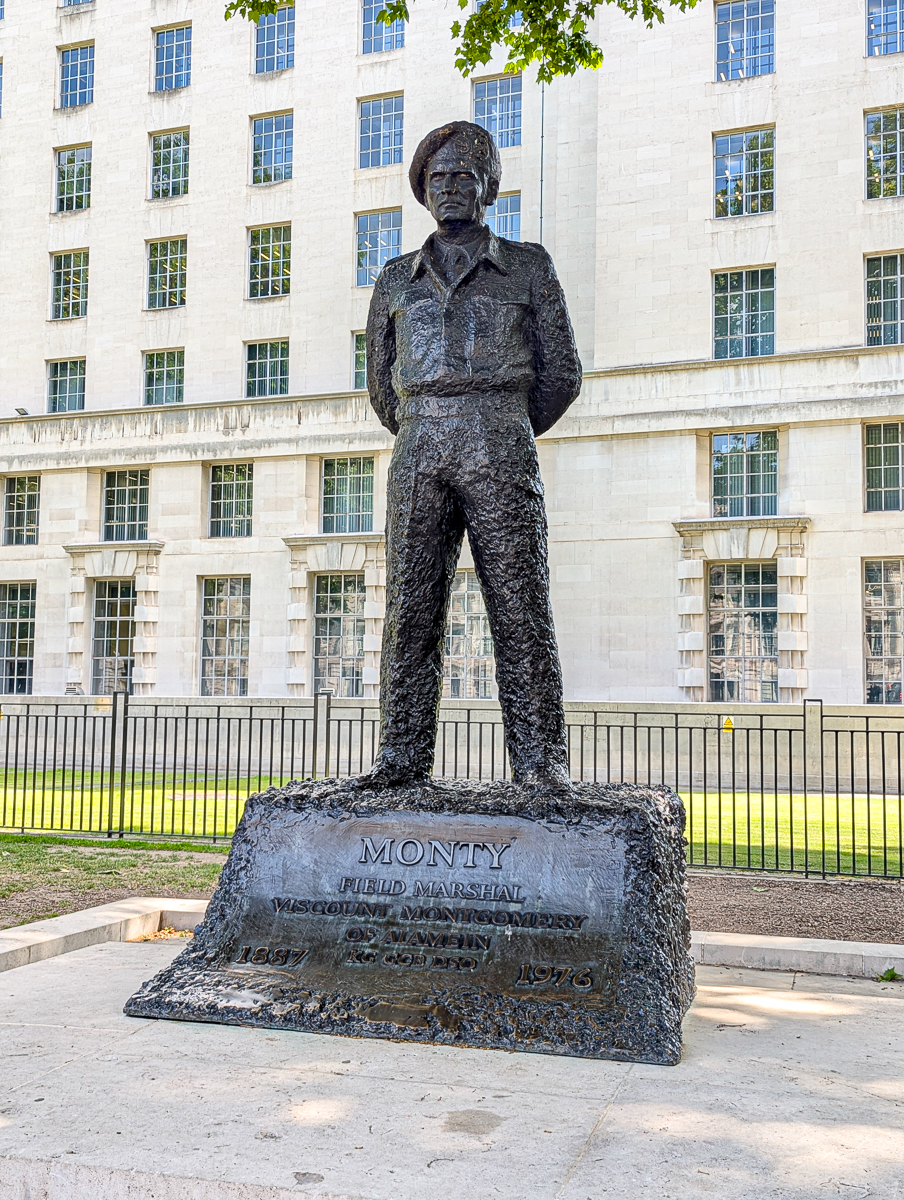
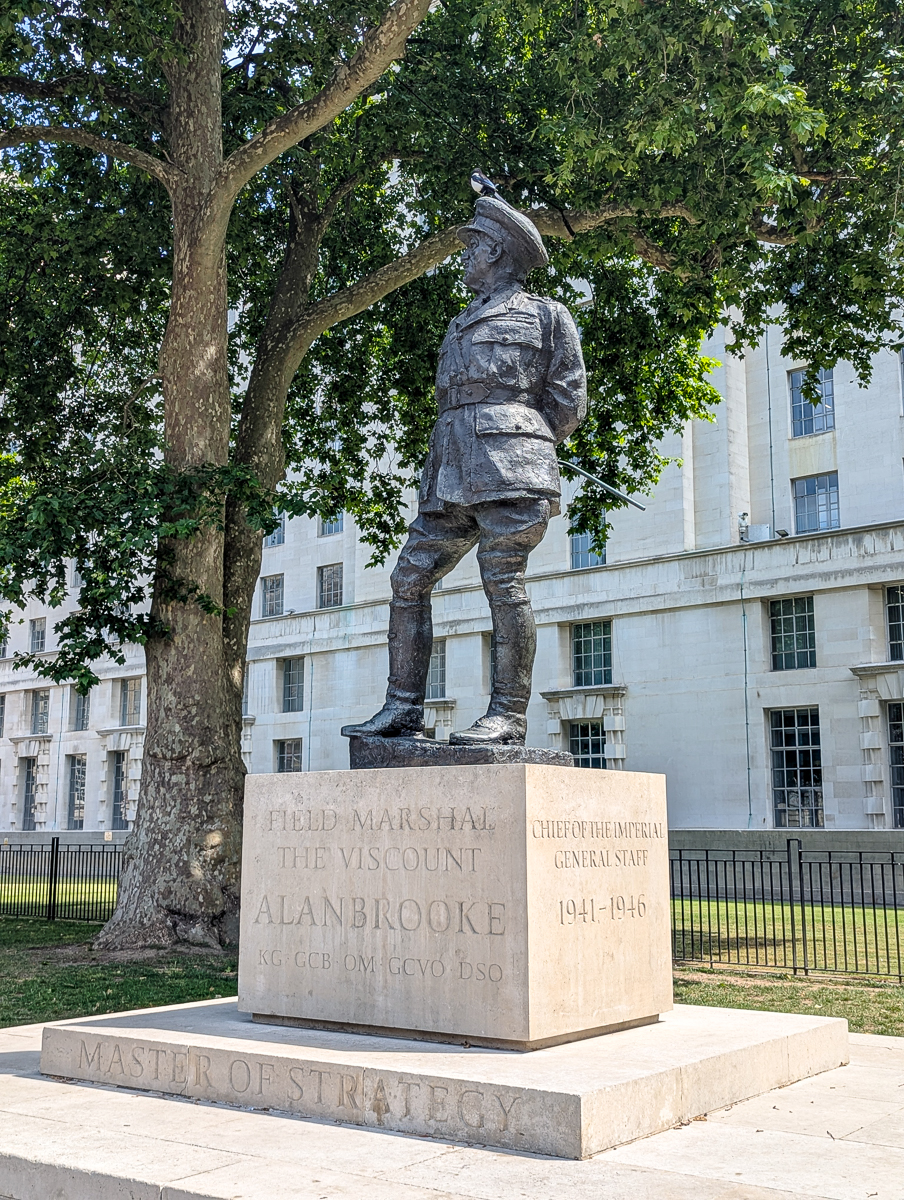
12. Animals in War Memorial
On the edge of Hyde Park stands the Animals in War Memorial, dedicated to all the animals that “served, suffered, and died alongside the British, Commonwealth and Allied forces in the wars and conflicts of the 20th century.”
The monument features statues of some animals commonly used in war: horses, dogs, and mules. The carved monument itself includes several more like elephants, goats, bulls, and more. (And let’s not forget Wojtek–the bear who became a corporal in the Polish army!)
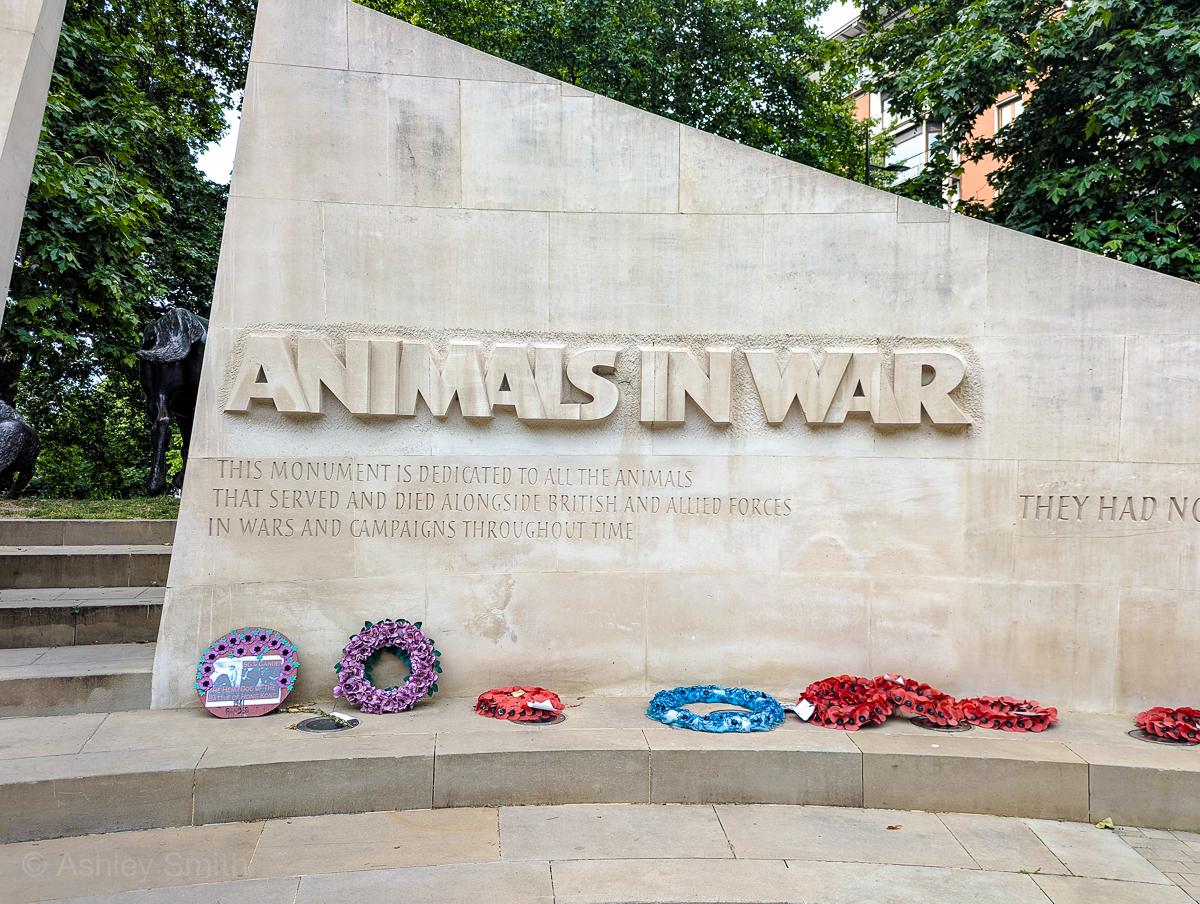
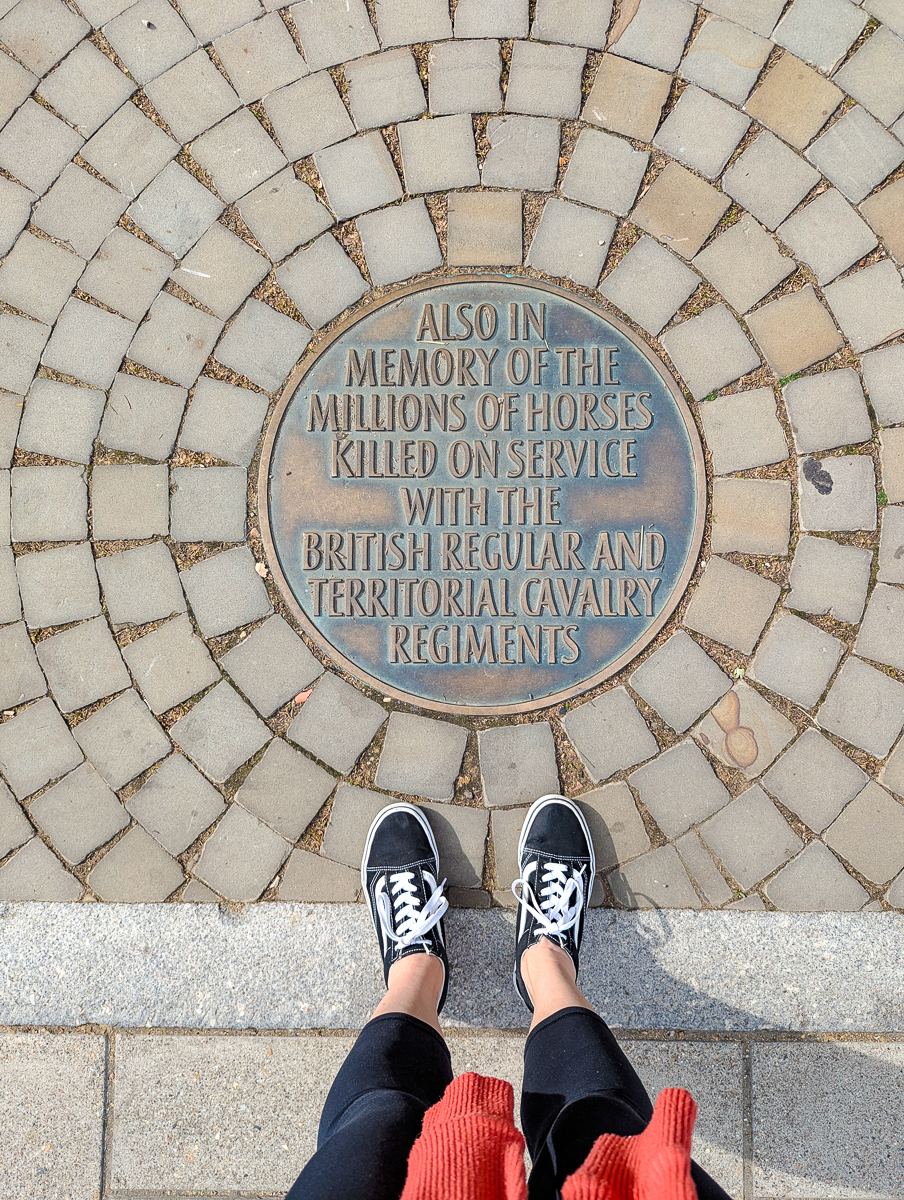
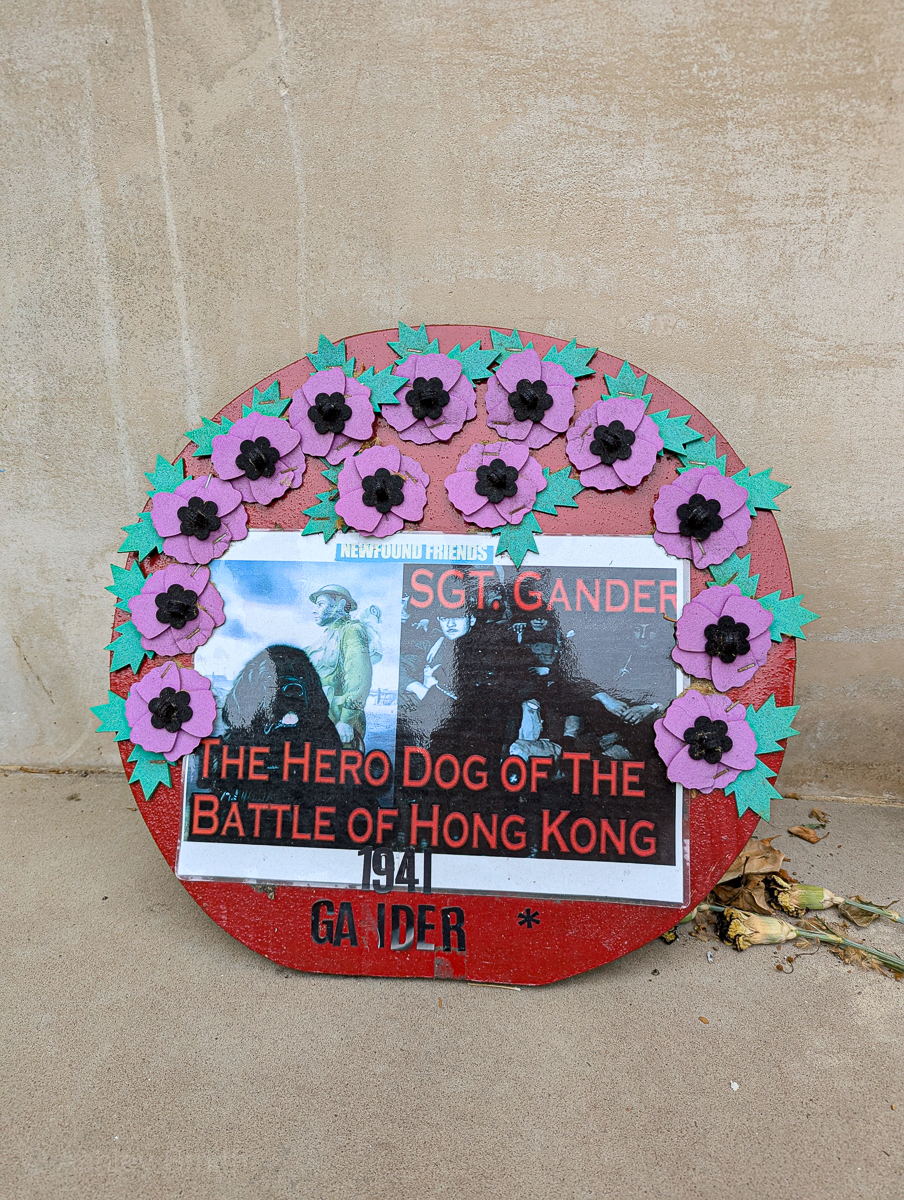
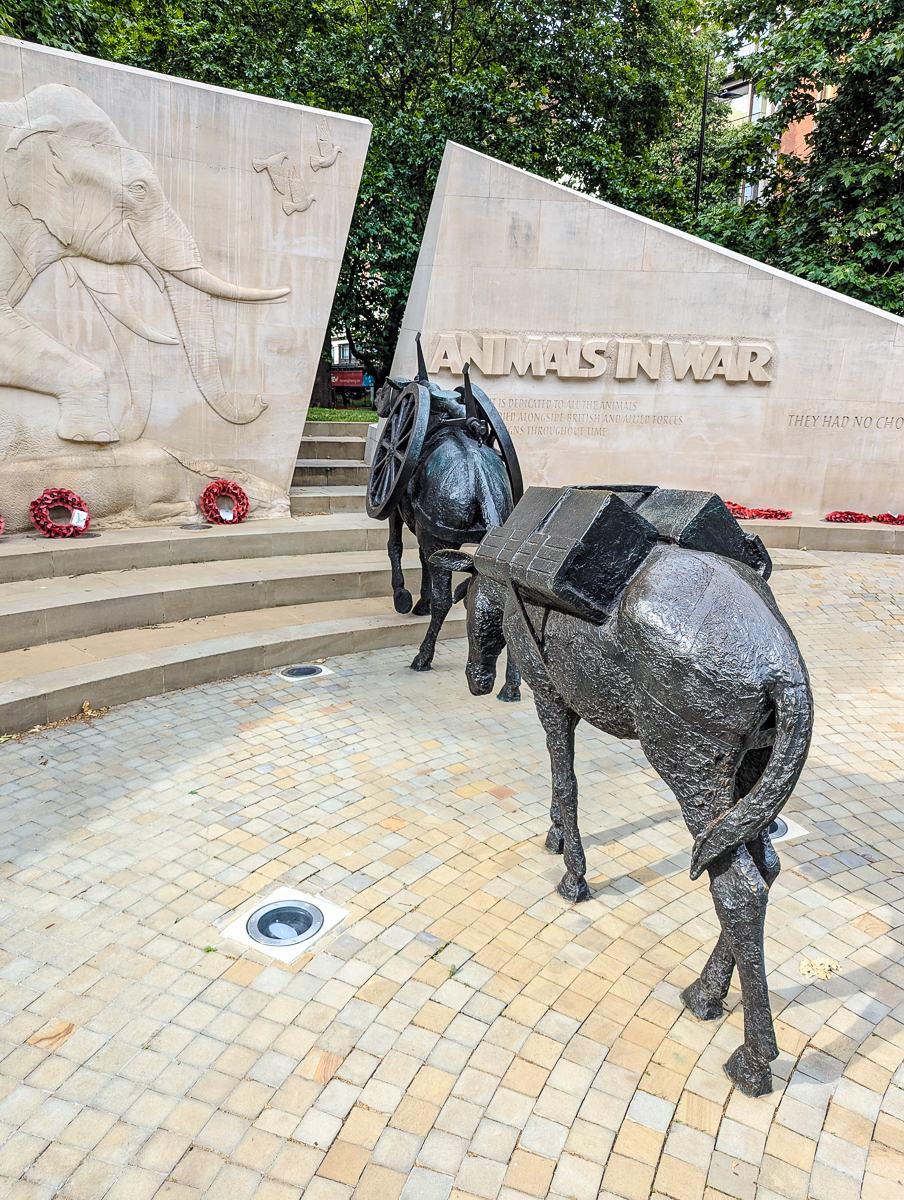
13. SOE Monument
On the other side of the Thames (near the MI6 headquarters) stands the Monument to SOE Agents. During World War II, the Special Operation Executive employed around 13,000 secret agents (3,200 of whom were women).
The woman featured on the monument is Violette Szabo. Szabo was a stellar SOE agent who was captured, tortured, and eventually executed at Ravensbrück concentration camp after parachuting into northern France just after D-Day to help coordinate local resistance missions.
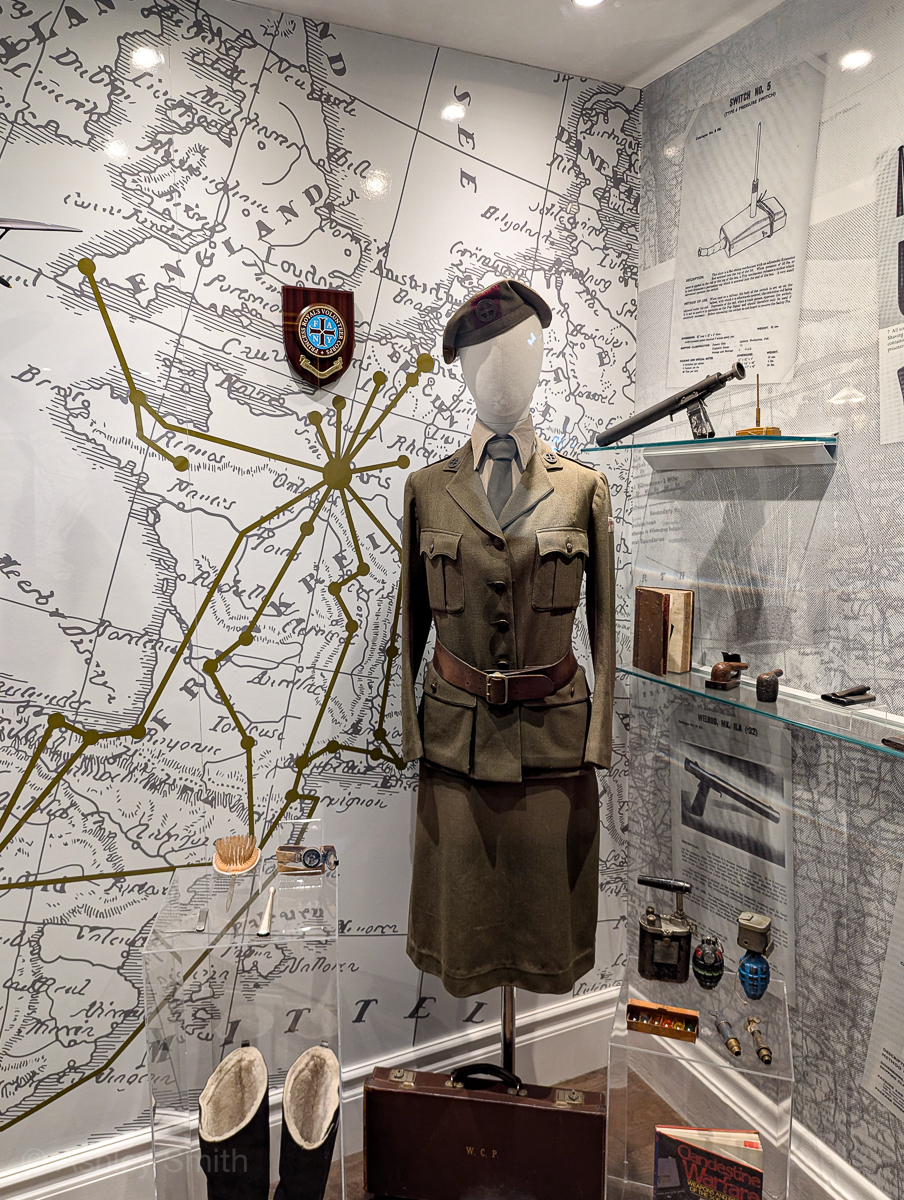
14. Stairway to Heaven Memorial
And a little bit east of downtown is the Stairway to Heaven Memorial. This unique memorial features an inverted staircase and honors those who died in the Bethnal Green underground station on March 3, 1943.
Seeking shelter in the station during a blackout, panic ensued and a large crowd pushed its way into the narrow stairway of the station. A woman fell at the bottom and eventually 300 people had been crushed in the stairway. A total of 173 people died during this tragic accident making it the UK’s worst civilian disaster of World War II.
15. V2 Rocket Memorial
A little farther outside downtown London you’ll be able to visit the V2 Rocket Memorial. This small memorial marks the location where the first V2 rocket fell on London on September 8, 1944. Three people were killed.
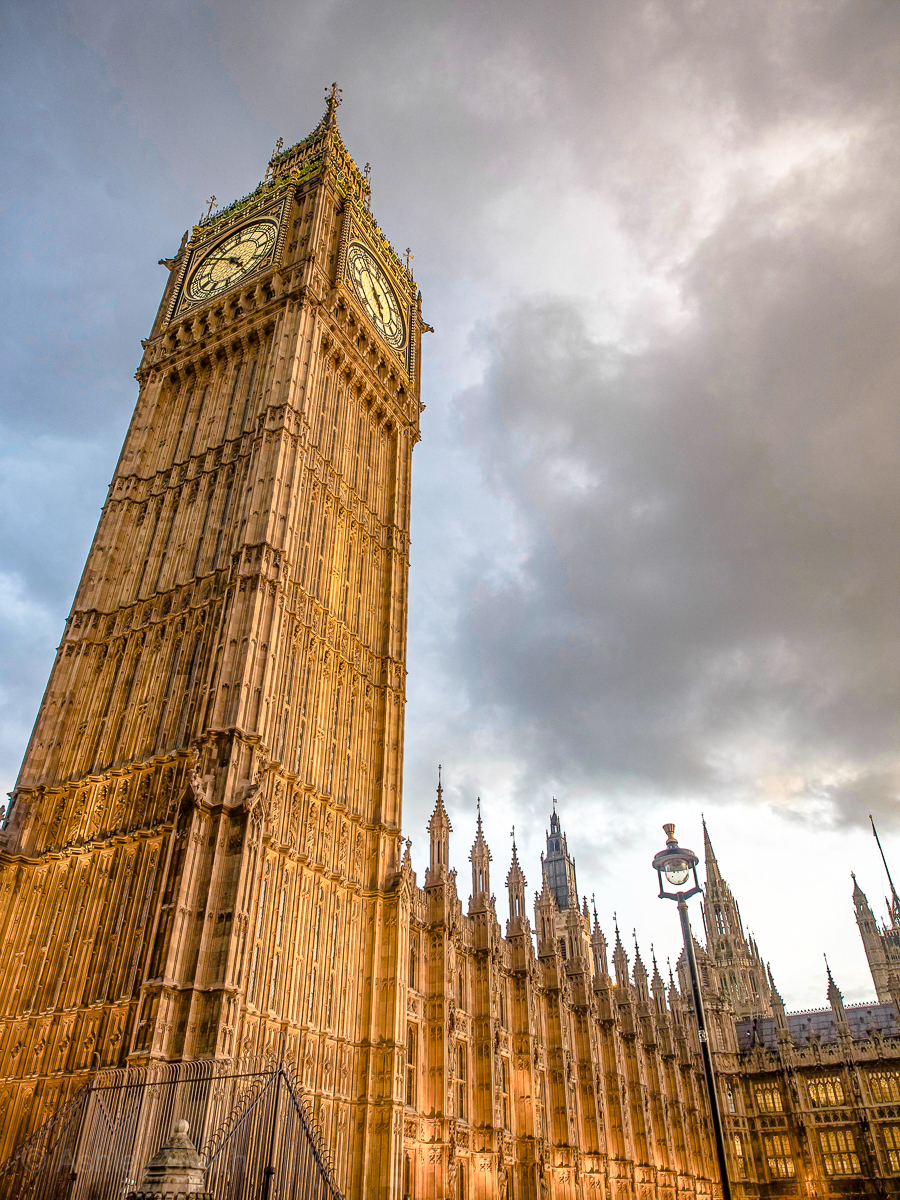
16. National Firefighters Memorial
Next to St. Paul’s Cathedral stands the National Firefighters Memorial. Featuring statues of three firefighters, this memorial honors the men and women of London’s Fire Service who lost their lives fighting fire during the Blitz.
17. Stumbling Stone
Stumbling Stones are small brass stones inlaid in the ground outside the last known residence of a Holocaust victim. They typically contain the person’s name, their birth and death dates, as well as their fate and/or the camp where they were killed. This memorial project began back in 1993 and, as of August 2024, more than 107,000 of them have been installed across Europe.
Most stumbling stones are found in former Nazi-occupied countries. However, there is one here in London. In fact, this is the only stumbling stone anywhere in the United Kingdom. It honors Ada Van Dantzig and you can find it at 2 & 3 Golden Square; more information here.
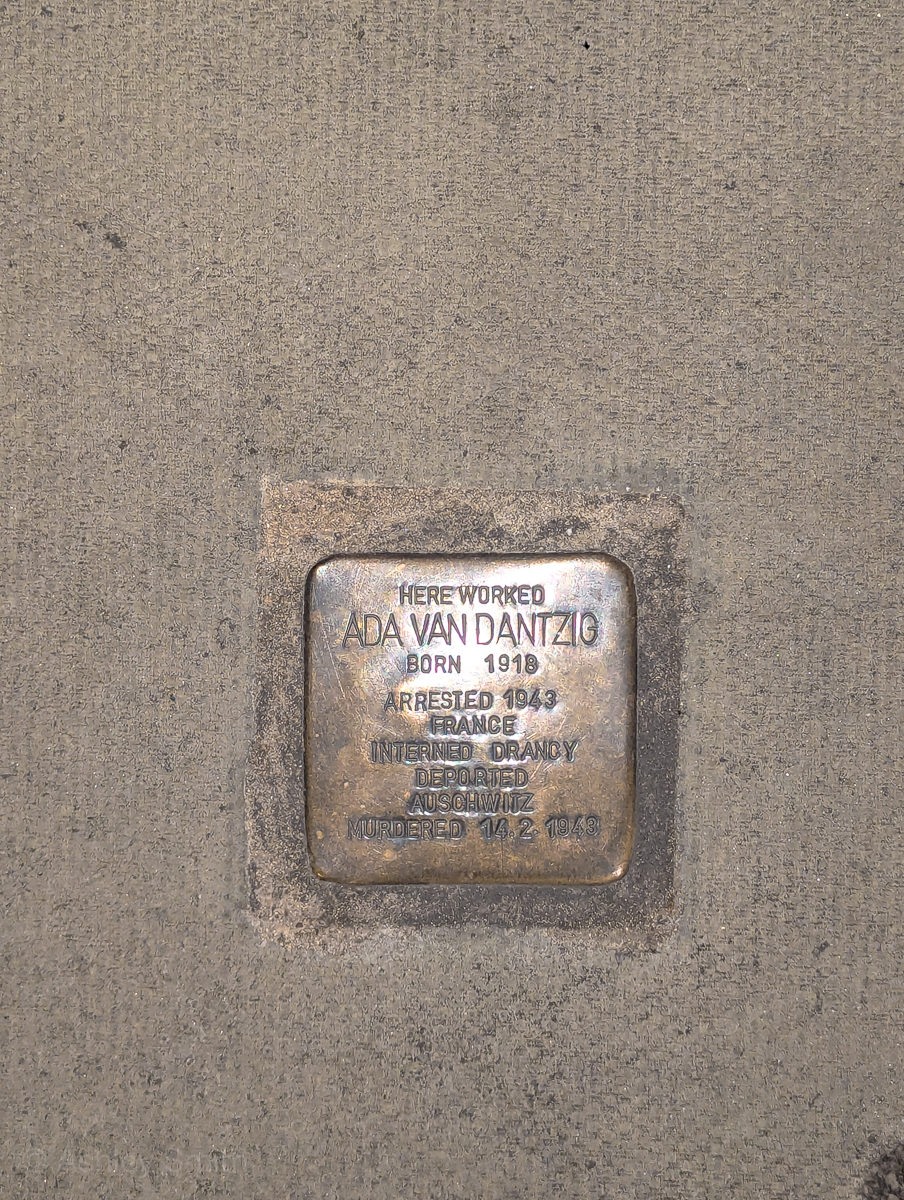
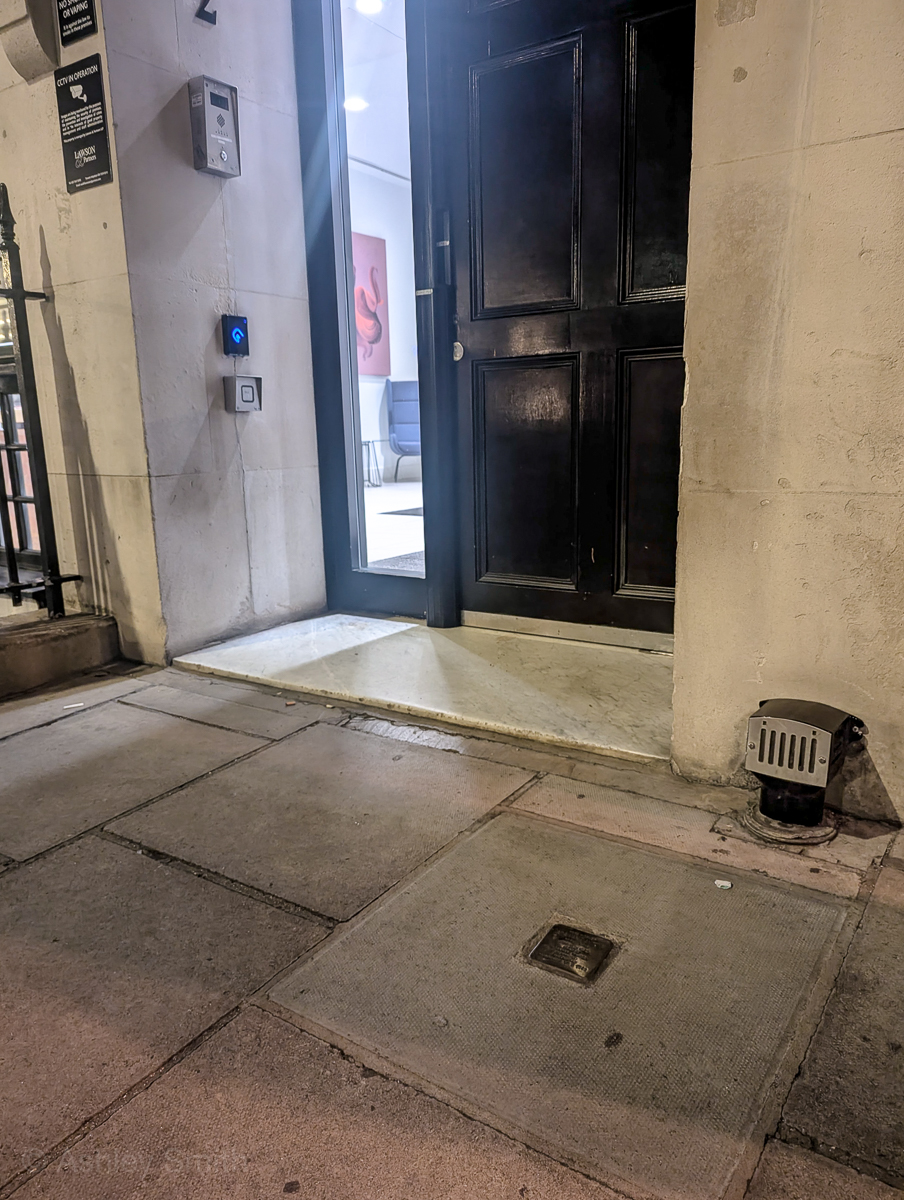
Other WWII Sites in London
Here are a few additional London WWII sites that are worth a visit.
18. Ruins of St. Dunstan-in-the-East
St. Dunstan was once a church that had been built around 1100. It was irreparably damaged in the Blitz of 1941 and the decision was made to not rebuild it after the war. Instead, the remains of the church stood as-is and were eventually designated a public garden.
You can visit this lovely little park today and see how the local flora has grown all over these ruins, a reminder of the chaos that happened here during World War II.

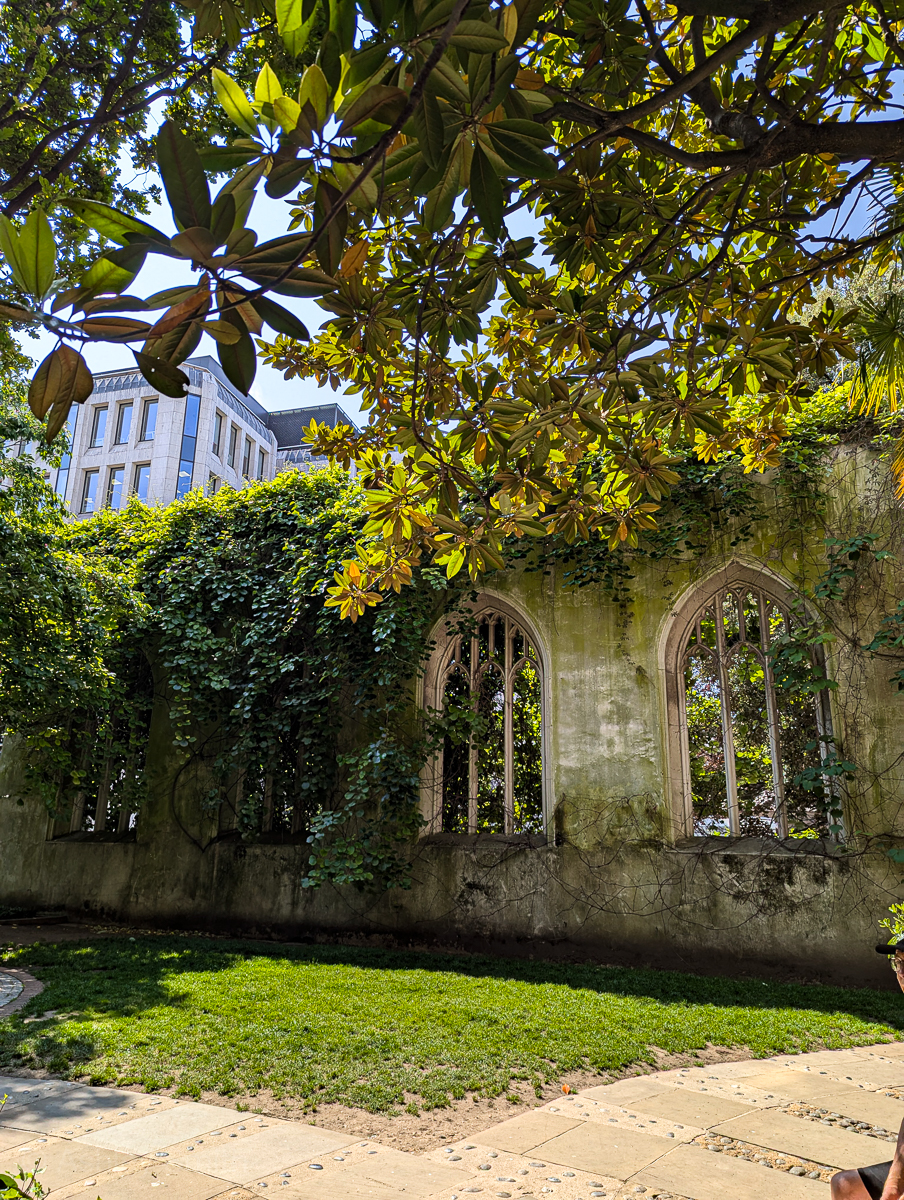
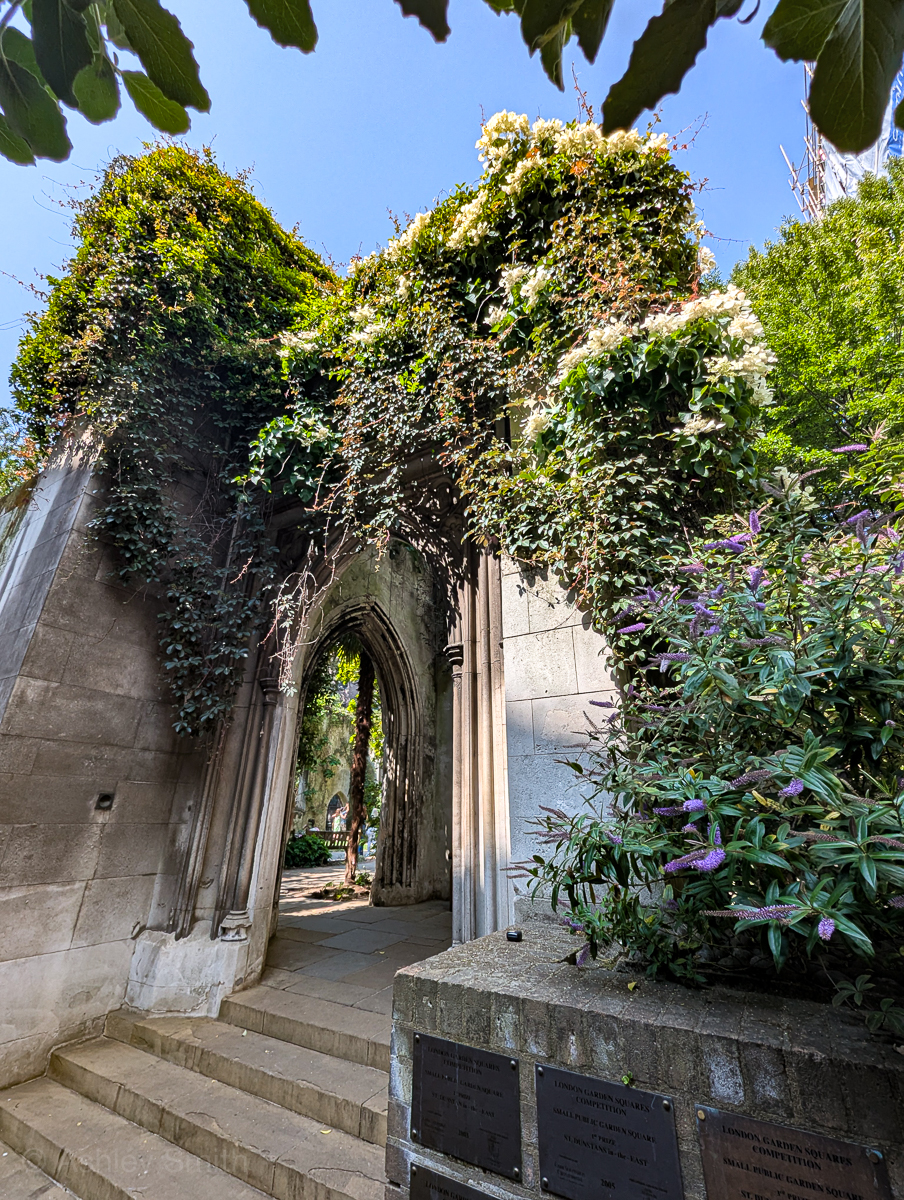
19. Christchurch Greyfriars Church ruins
You can find a similar scene just behind St. Paul’s Cathedral as well. The former Christchurch Greyfriars Church was also damaged beyond repair during the Blitz and likewise was not rebuilt. The ruins here aren’t overgrown like the ones at St. Dunstan’s, but the spot is interesting all the same.
20. Stretcher Railings
At a few spots around London you can see some interesting leftovers from the war. Medical stretchers used during the Blitz took on new life after the war. Turns out, their design and sturdy steel construction made them perfect for use as railings around buildings, especially where the original fencing had been stripped for other war purposes.
These ‘stretcher railings’ are still in use today. Head over to Tabard Street where you’ll find these railings next to the building that runs along the Tabard Gardens.
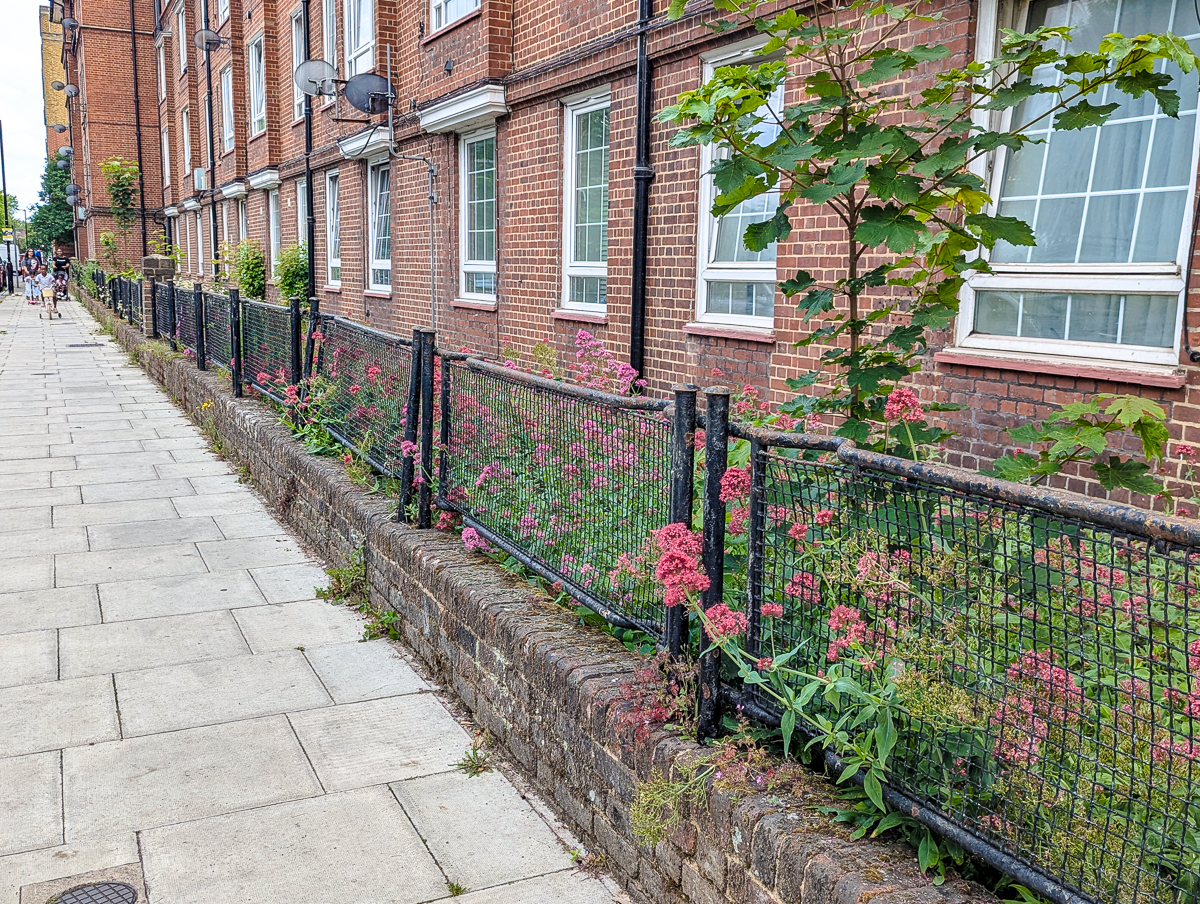
21. St. Ermin’s hotel
St. Ermin’s Hotel over in Westminster is where Winston Churchill held the first meeting in 1940 that would establish the SOE. From that moment, St. Ermin’s became the de facto headquarters for this secret organization–the SOE on floor 4 and MI6 on floor 6.
Today, St. Ermin’s is still a gorgeous hotel with a fantastic afternoon tea experience. But besides that, don’t miss the many hidden (and not-so-hidden) tributes to its clandestine WWII past:
- Off the lobby near the restrooms is a small exhibit room featuring several pieces of spy equipment and information
- In the lobby is a glass-top table with several historical timepieces inside
- On the wall in the back hallway is an original SOE silk handkerchief with secret coded messages on it
- Stop by the Caxton Bar where Churchill used to enjoy champagne and where some of the most historic meetings took place
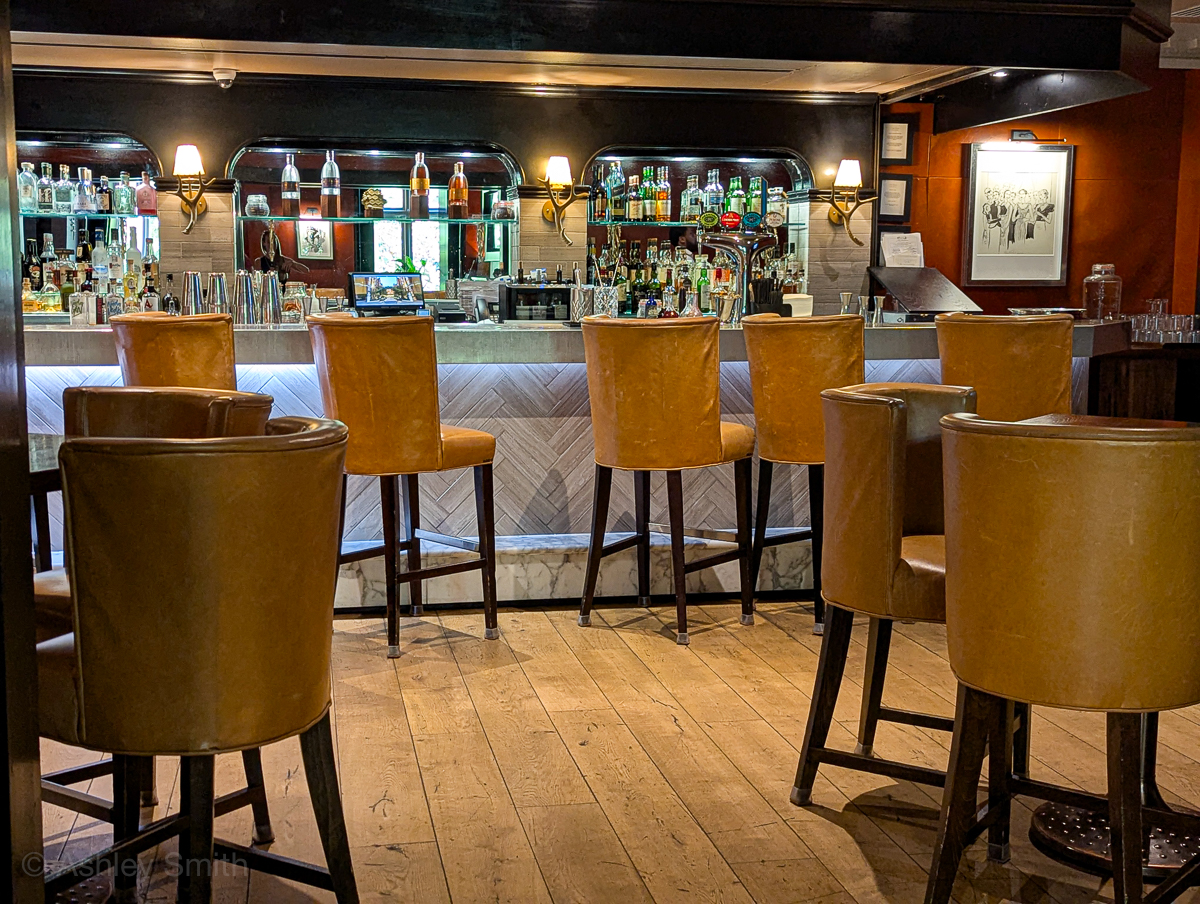
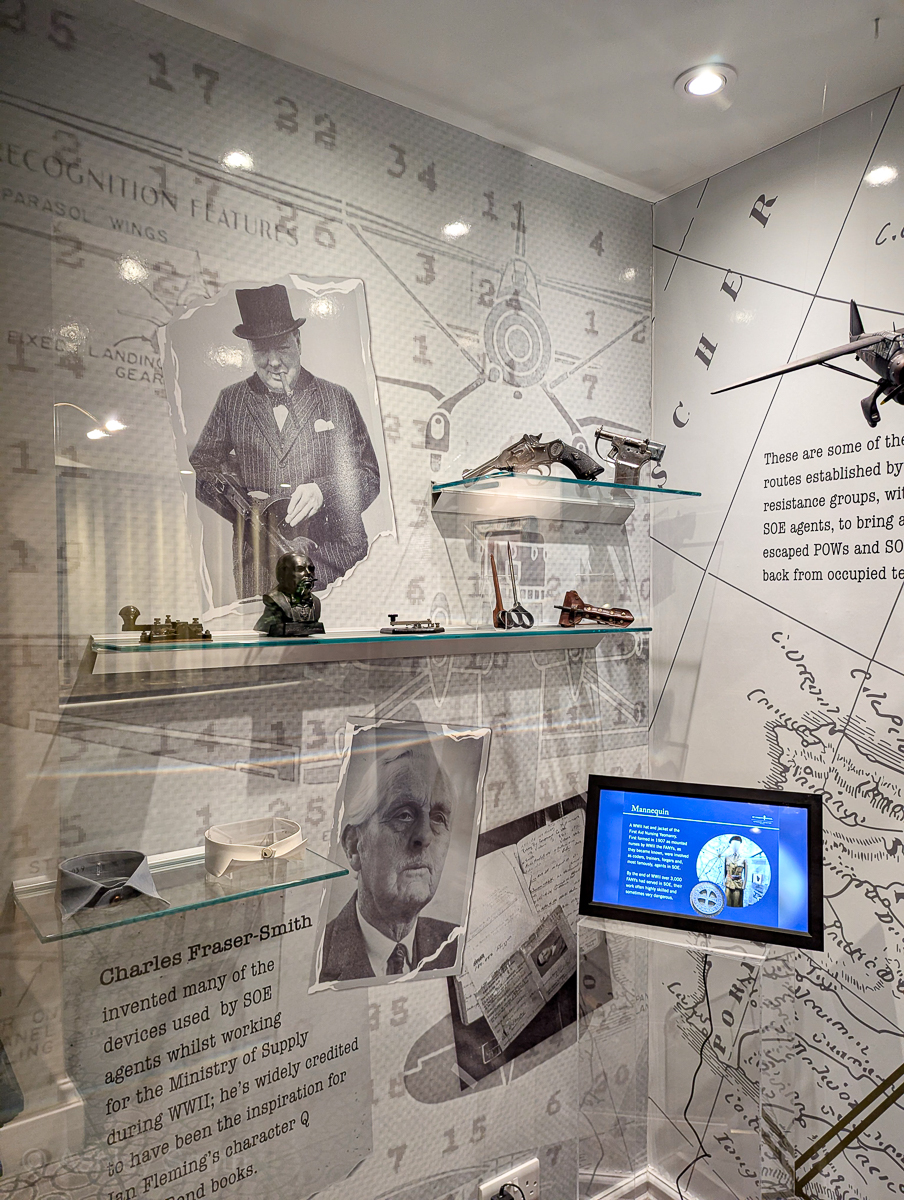
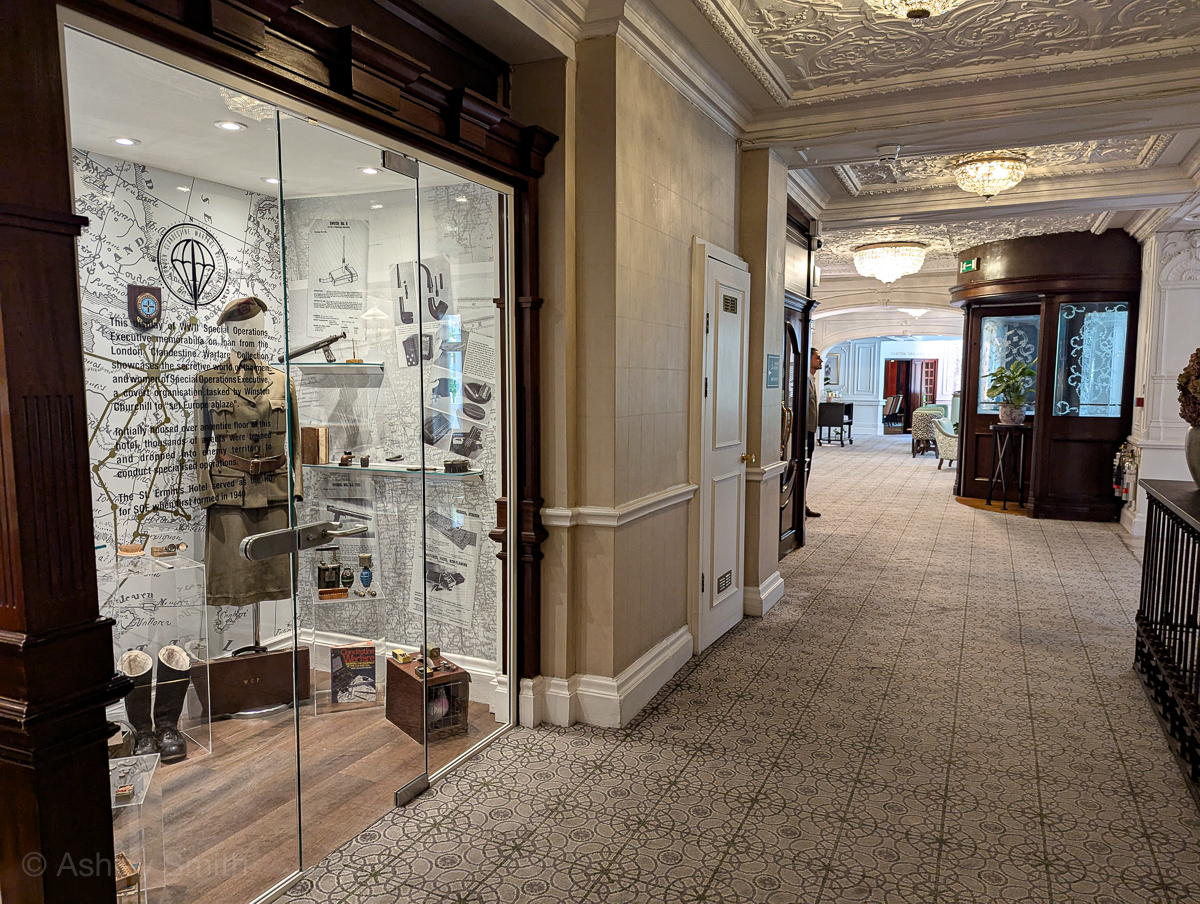
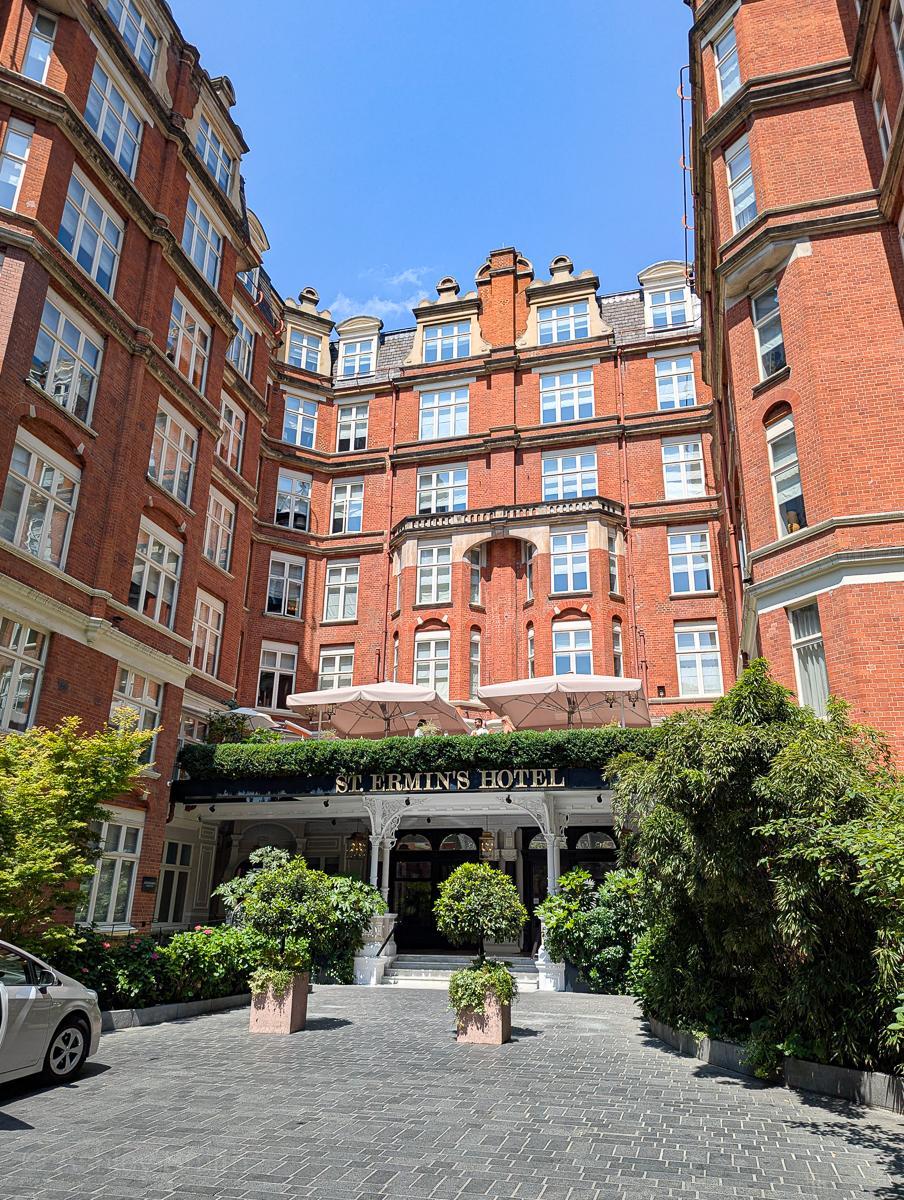

London WWII Sites: Honorable Mentions
Here are a few additional but related events and activities to check out during your WWII visit to London.
22. Afternoon tea at Churchill War Rooms
Speaking of afternoon tea, if you’re looking for a unique afternoon tea experience here in London, don’t miss the one currently offered at the Churchill War Rooms. Just one day a month, the War Rooms offers a luxury afternoon tea steeped in history (lol?).
You’ll get to explore the War Rooms, then enjoy an afternoon tea in one of the historic equipment rooms down here, all inspired by the tastes of Churchill himself. They only announce a few dates at a time so stayed tuned if you’re looking to attend in the months after the posted dates.
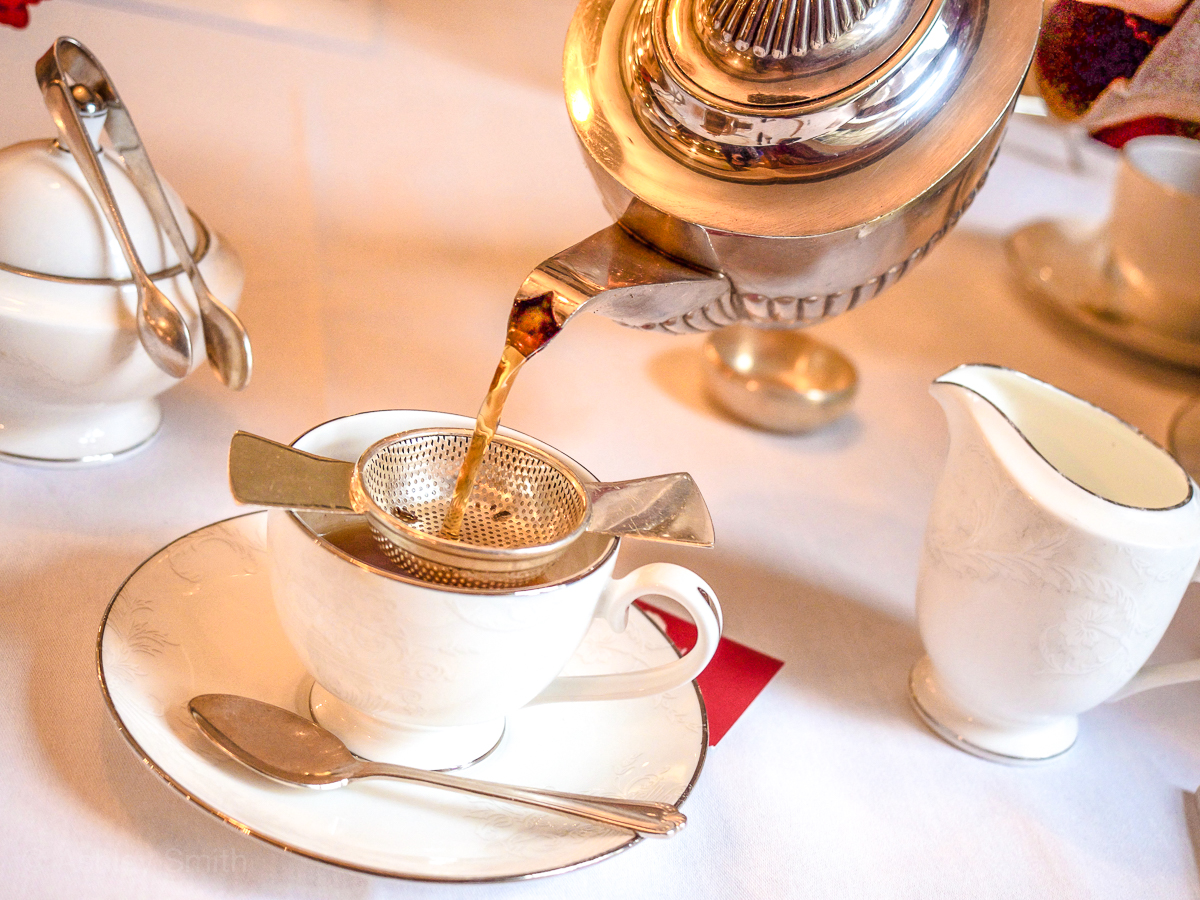
23. Tower of London Poppies
Another temporary event currently happening in London was the memorial poppy display at the Tower of London. In honor of the 80th anniversary of the end of World War II in Europe, the Tower of London once again commemorated this event with their famous poppy display.
This display featured nearly 30,000 poppies arranged in various ways around the tower, honoring the sacrifices of so many during the Second World War. Unfortunately, this display was only up until Armistice Day (November 11, 2025) so I hope you were able to see it while it was around.
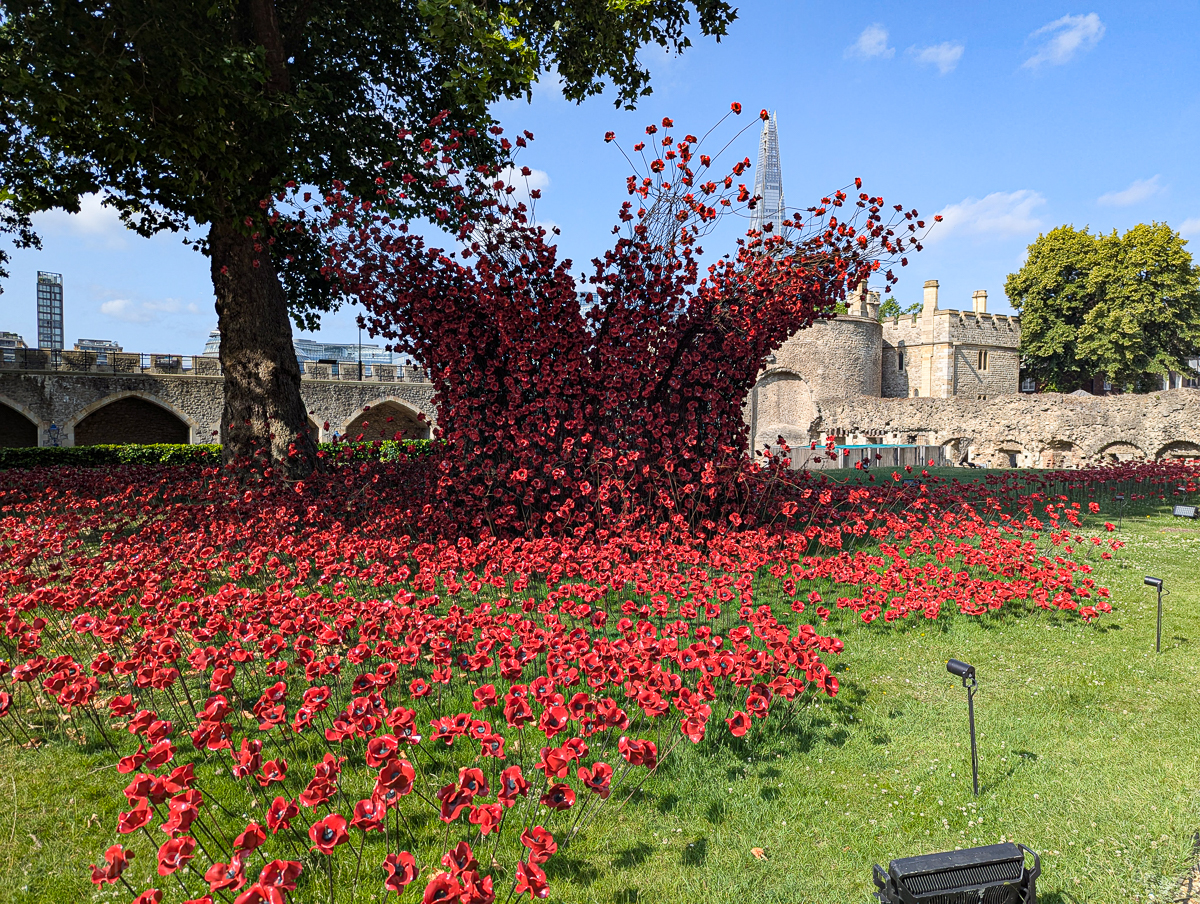
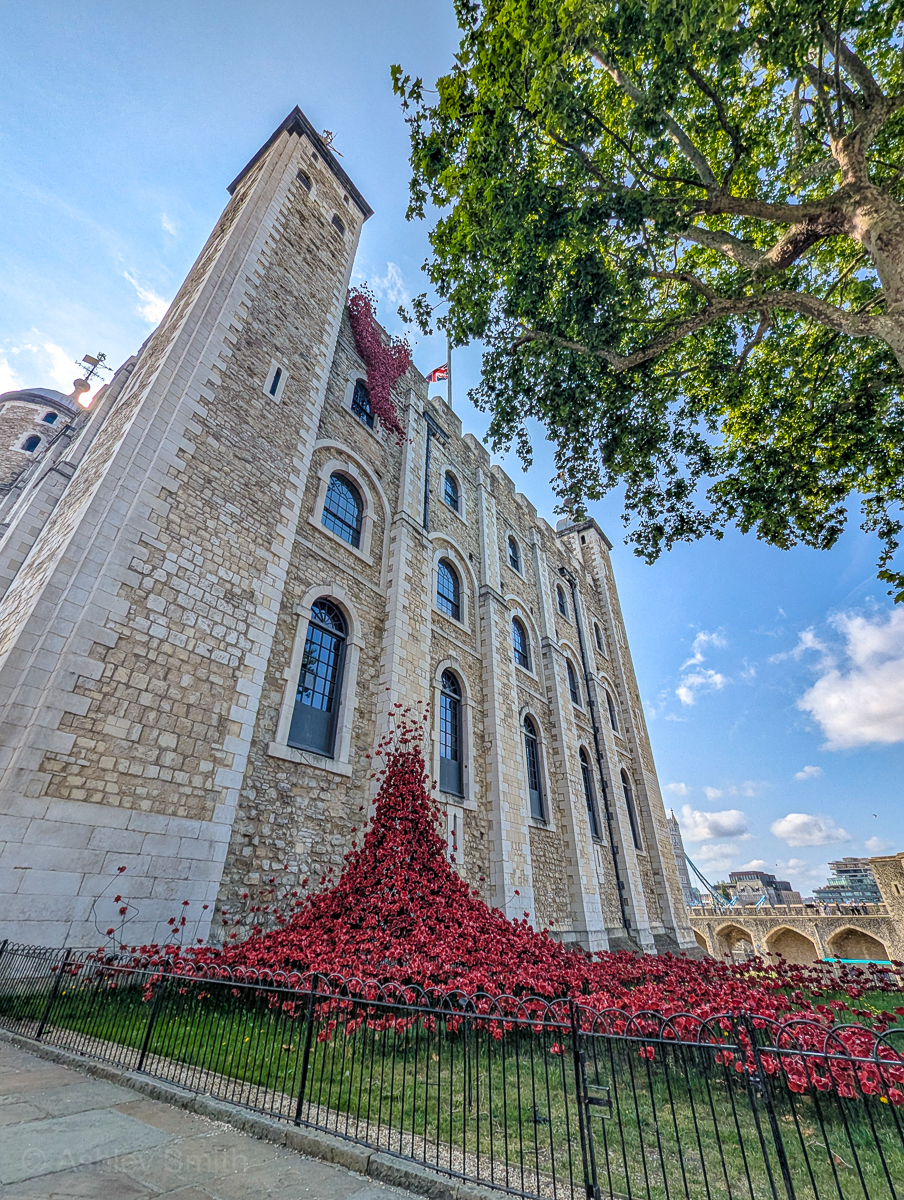
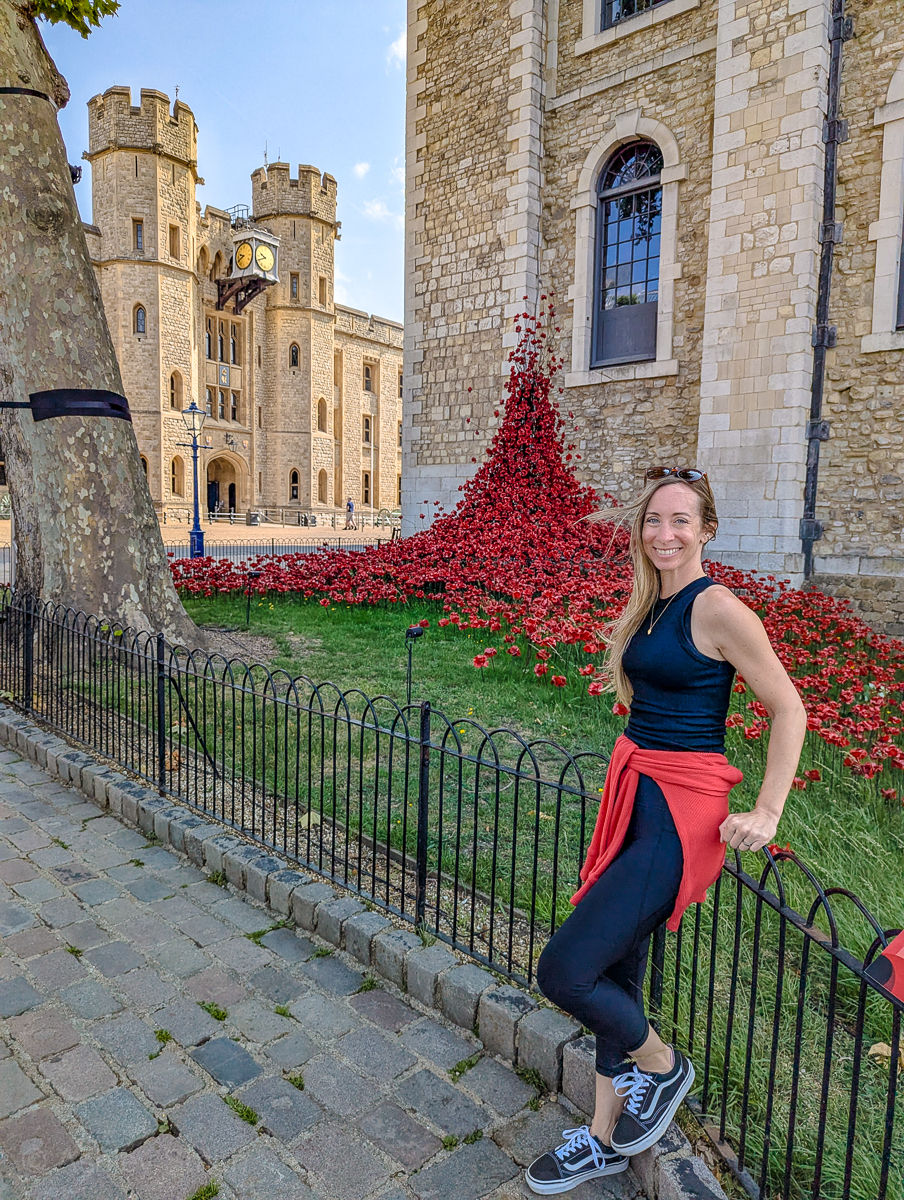
24. Cahoots cocktail bars
And finally, something that’s only loosely related but still a lot of fun are the Cahoots bars, of which there are three in downtown London. Cahoots is a unique set of cocktail bars all with clandestine 1940s themes. The drink menus, the décor, the music, and everything else will take you right back to 1940s London (but in a good way).
- Cahoots Underground – Set underground in a 1940s tube station
- Cahoots Ticket Hall – Set in a 1940s black market pub
- Cahoots Postal Office – Set in a secretive post office where your drinks arrive in pneumatic tubes
On my latest trip to London, I visited both Cahoots Underground and the Postal Office and both of these experiences were phenomenal! This place is so much fun and the cocktails are fantastic. This is such a fun way to unwind after a full day of exploring the less-colorful WWII sites in London.
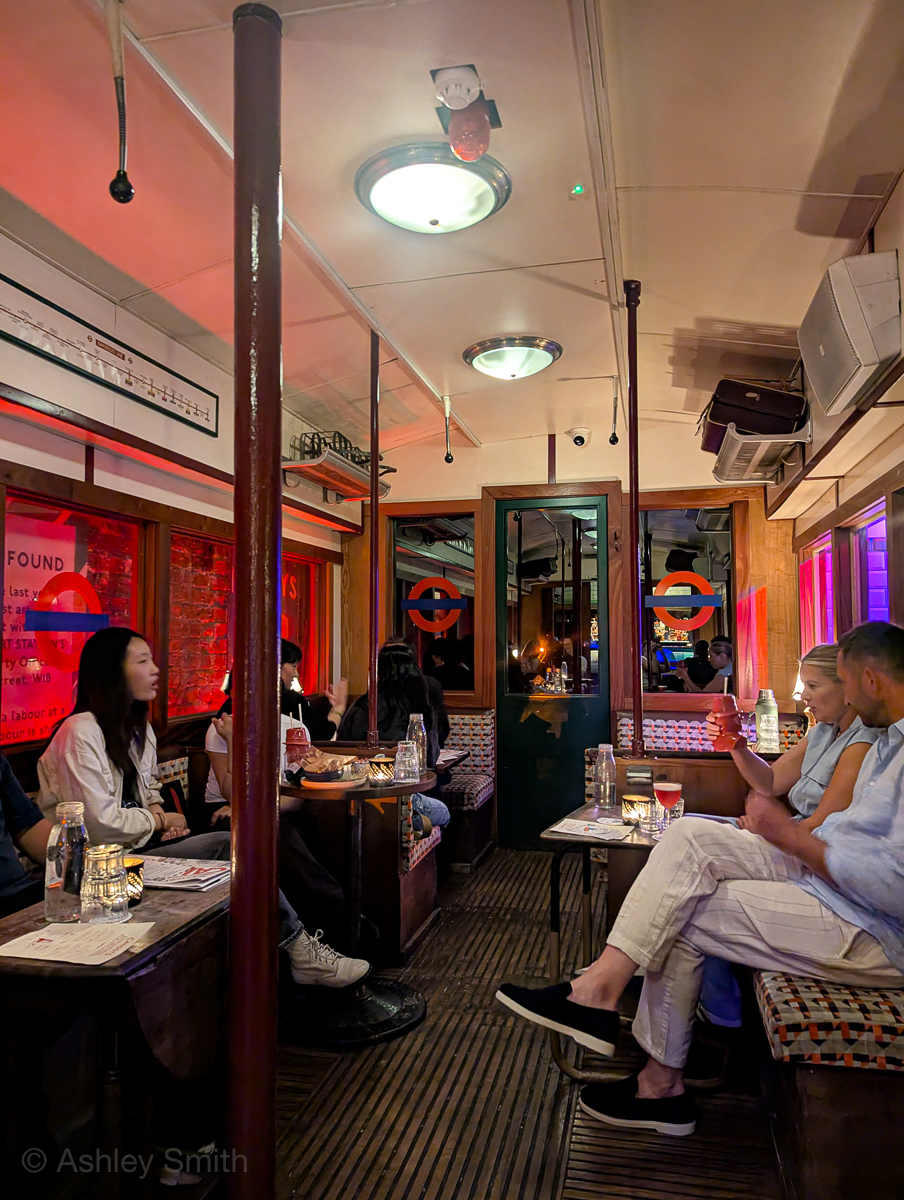
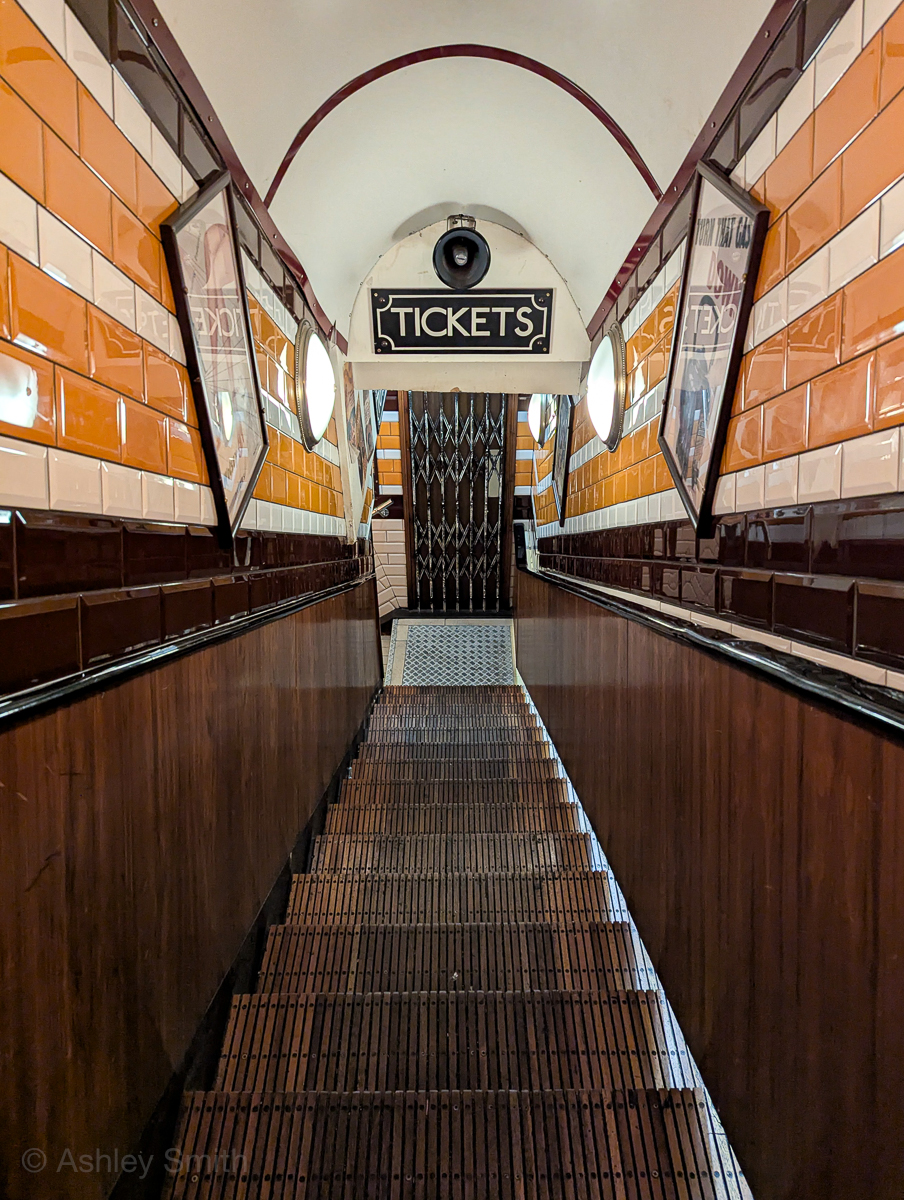
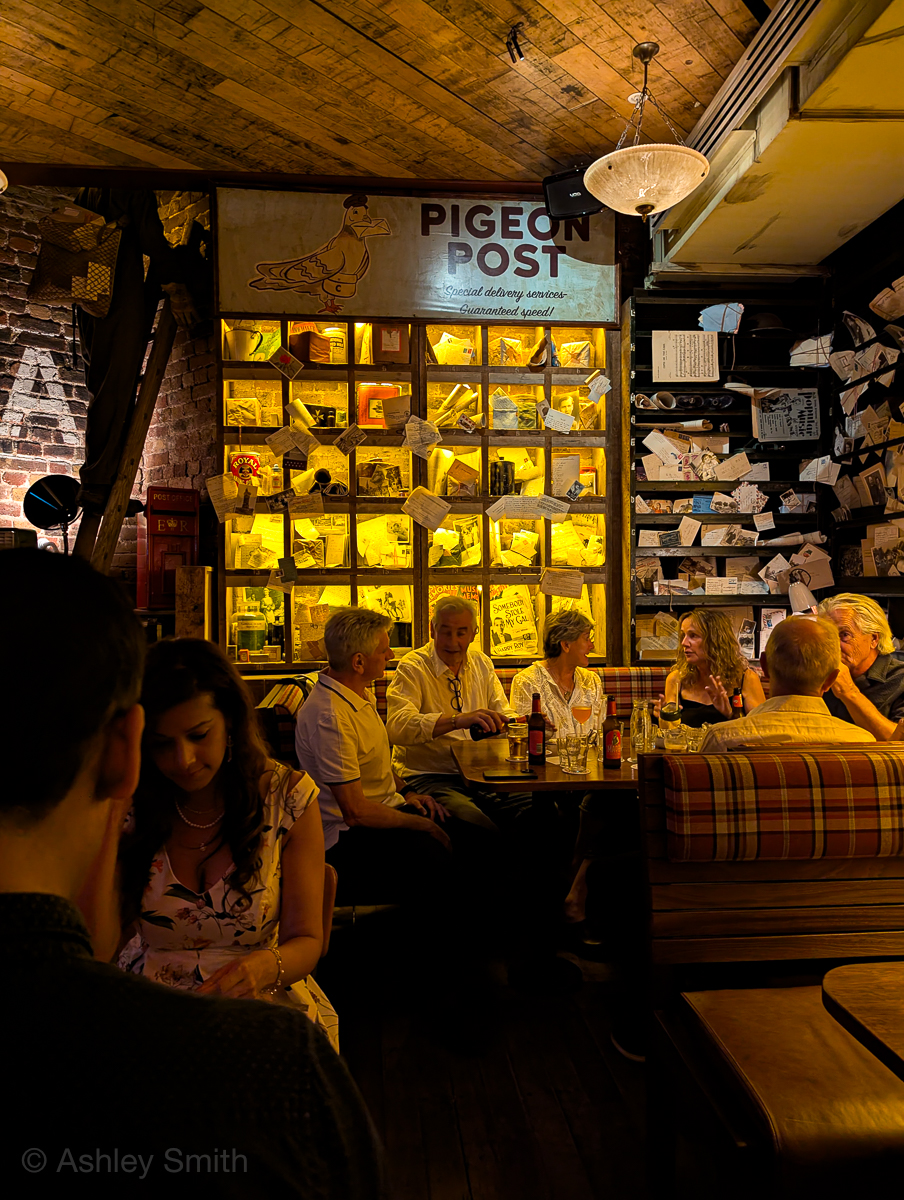

London WWII Tours
If you’d like to take a guided tour of some of London’s WWII sites, check out these popular options:
There are so many more options though. Check out all available London WWII tours here on Viator and here on Get Your Guide.
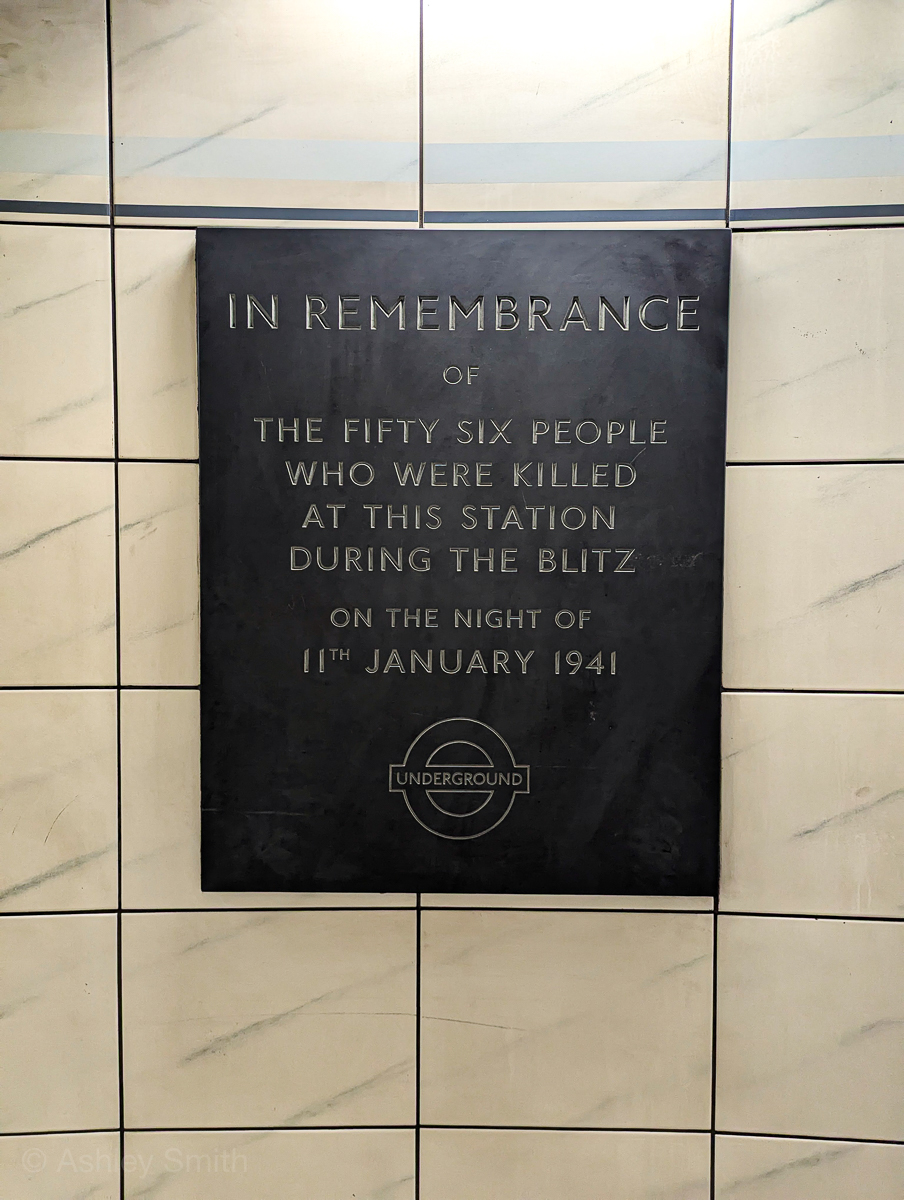
Where to Stay in London
There are so many great hotels to choose from to explore all the WWII sites in London, but here are a few suggestions on where to begin your search:
But that’s just a small sample of the many great options here. Check out all available London hotels here.
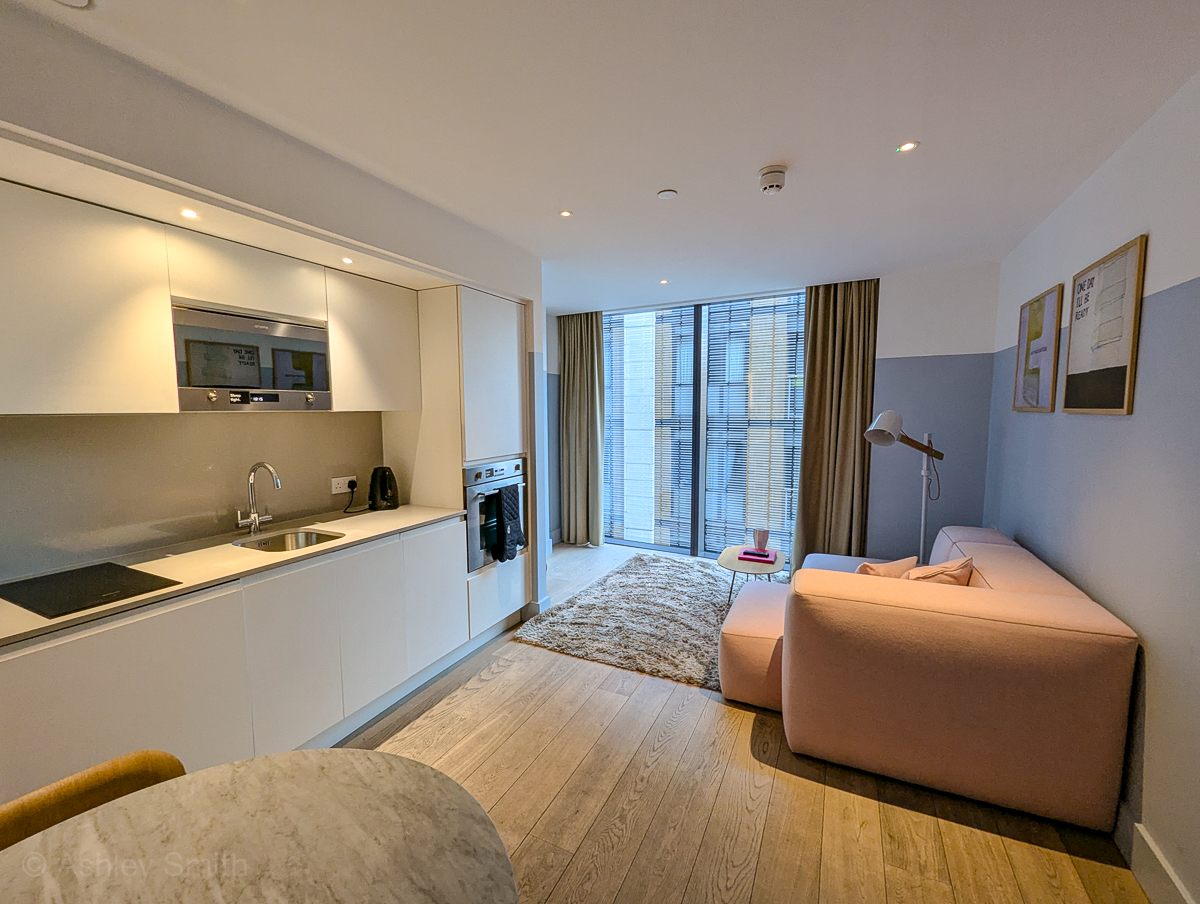
Related Books & Movies
Here are a few great books, movies, and TV shows to consume before (or after) your trip to WWII London:
Movies:
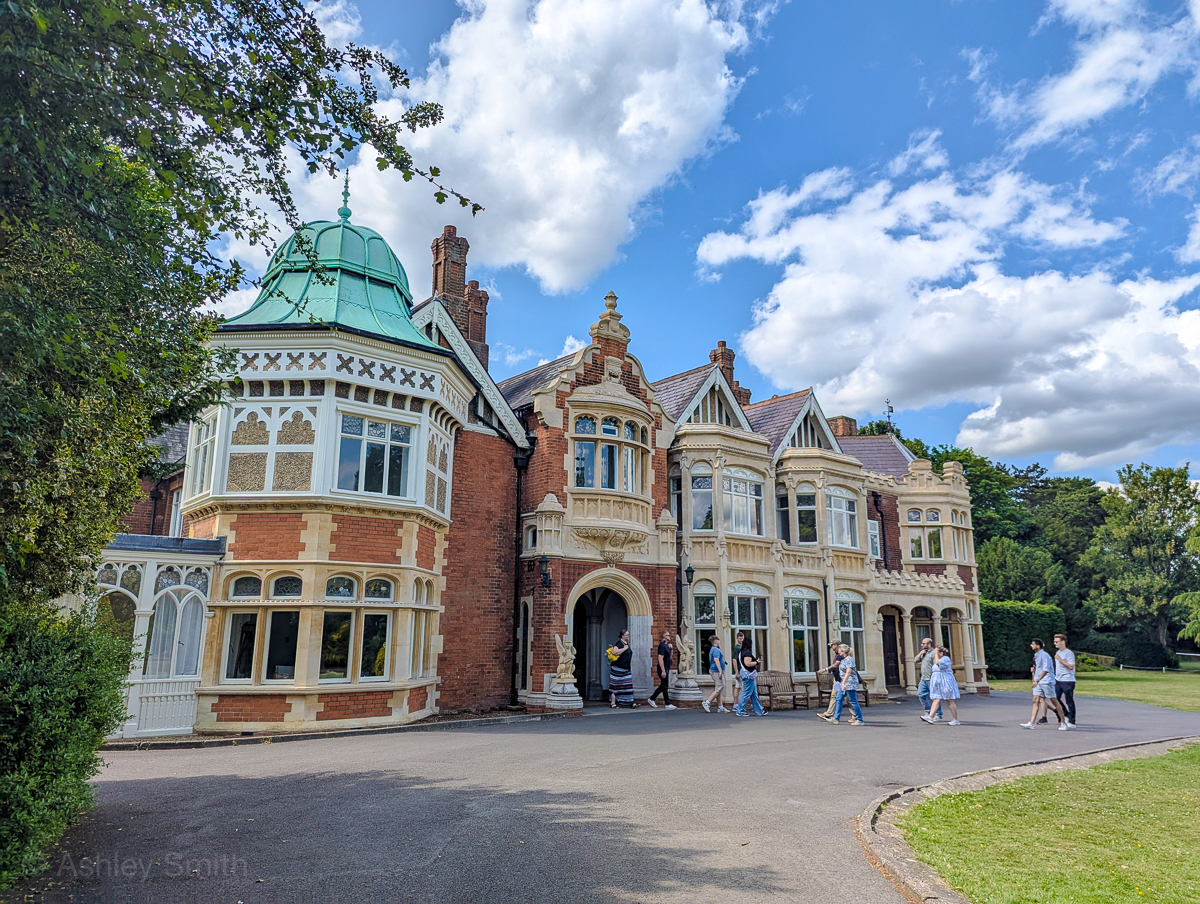
Documentaries:
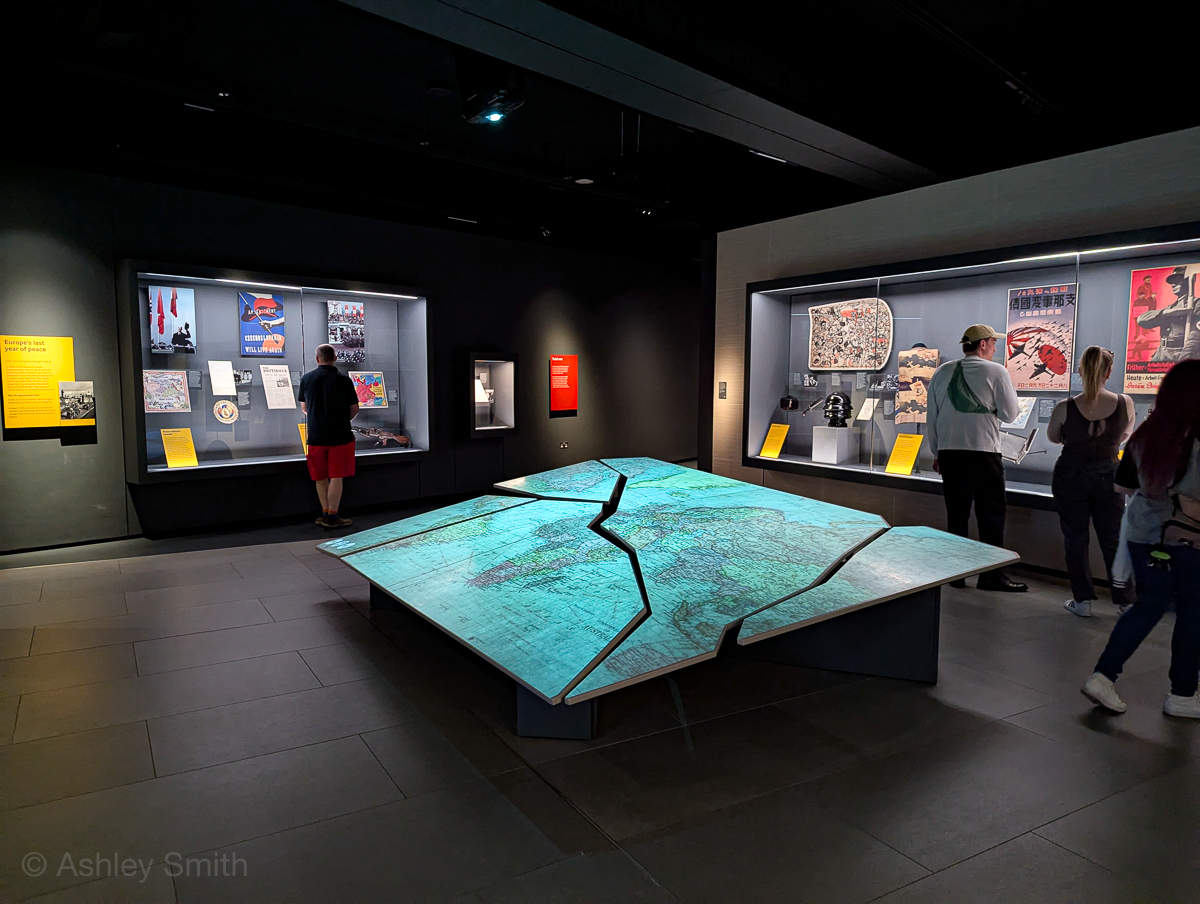
Books:
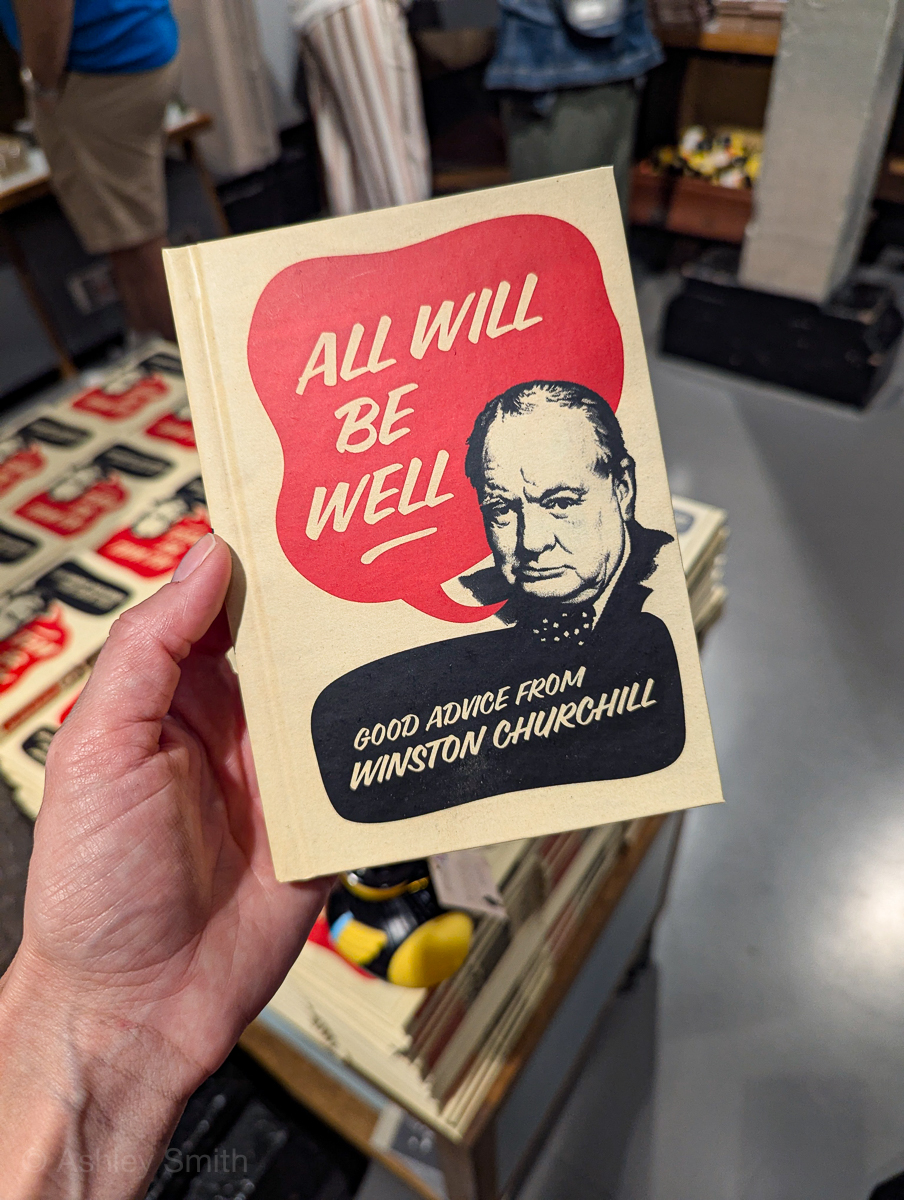
More info for your visit to London
- Hotels: Find great places to stay on Booking.com (my go-to). Expedia and Hotels.com are worth checking too. VRBO is best for apartment rentals.
- Rental cars: Check out the best local rental car deals here.
- For more local tours, check out all the options from Viator and Get Your Guide.
- Don’t forget a London guidebook and this must-have Britain customs and culture guide!
- For the rest of your London sightseeing, pick up a London GoCity Pass to save tons of money.
Like this post? Have questions about visiting any of these WWII sites in London? Let me know in the comments below. Thanks for reading.

Save this info, pin this image:
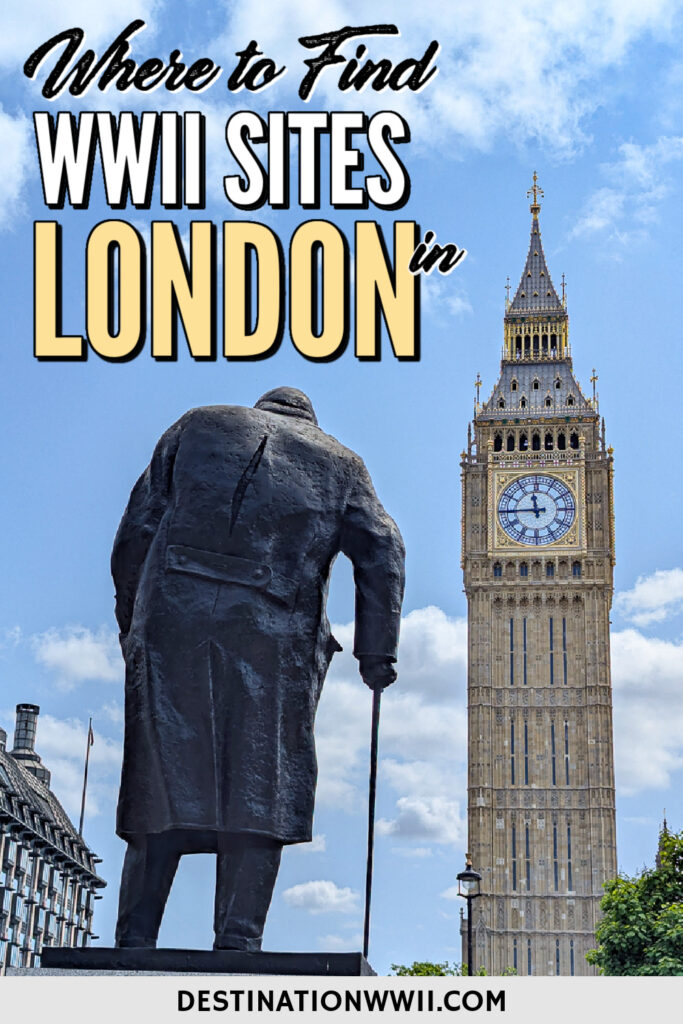
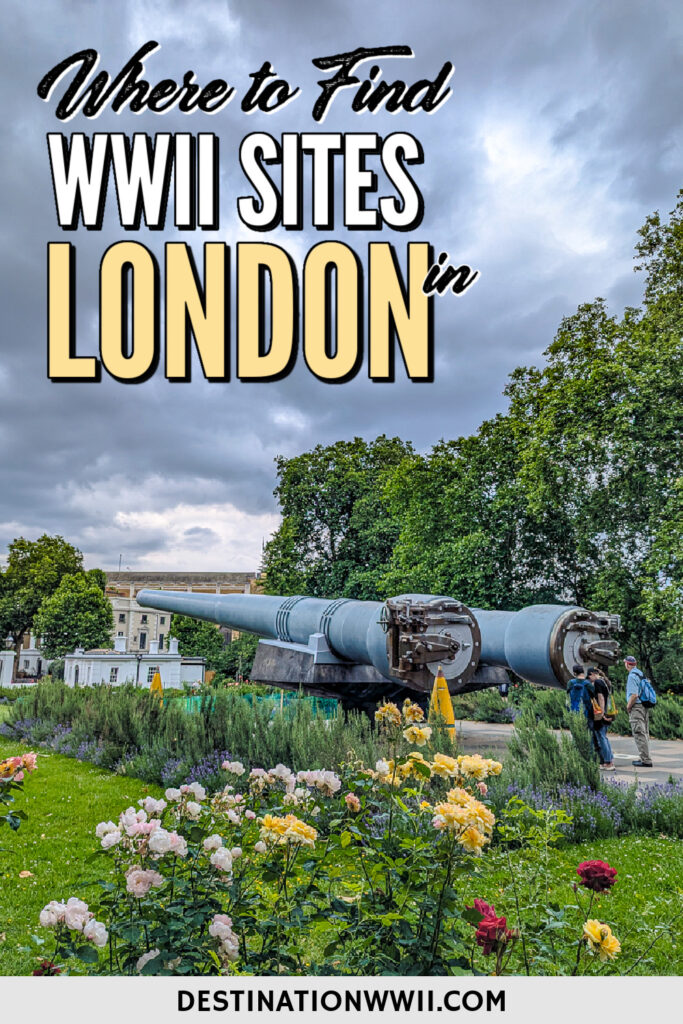



HI Ashley,
We were able to purchase, download and print your booklet on Pearl Harbor. Can we do the same with this July 5, 2025 post on London? If so, how?
Hi George and Kim! I haven’t created the London document yet but I’ll be working on it soon and I’ll let you know when it’s ready!